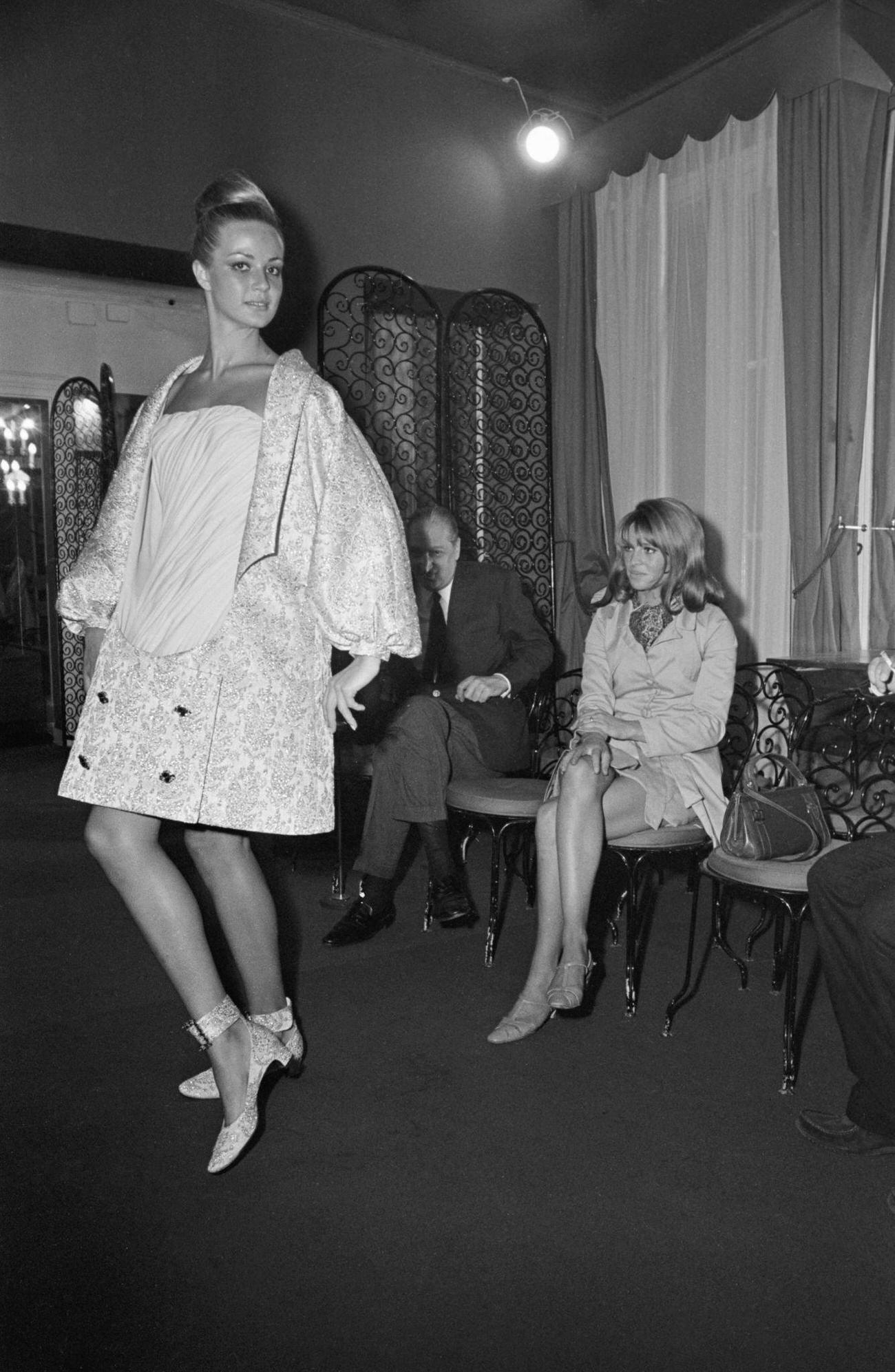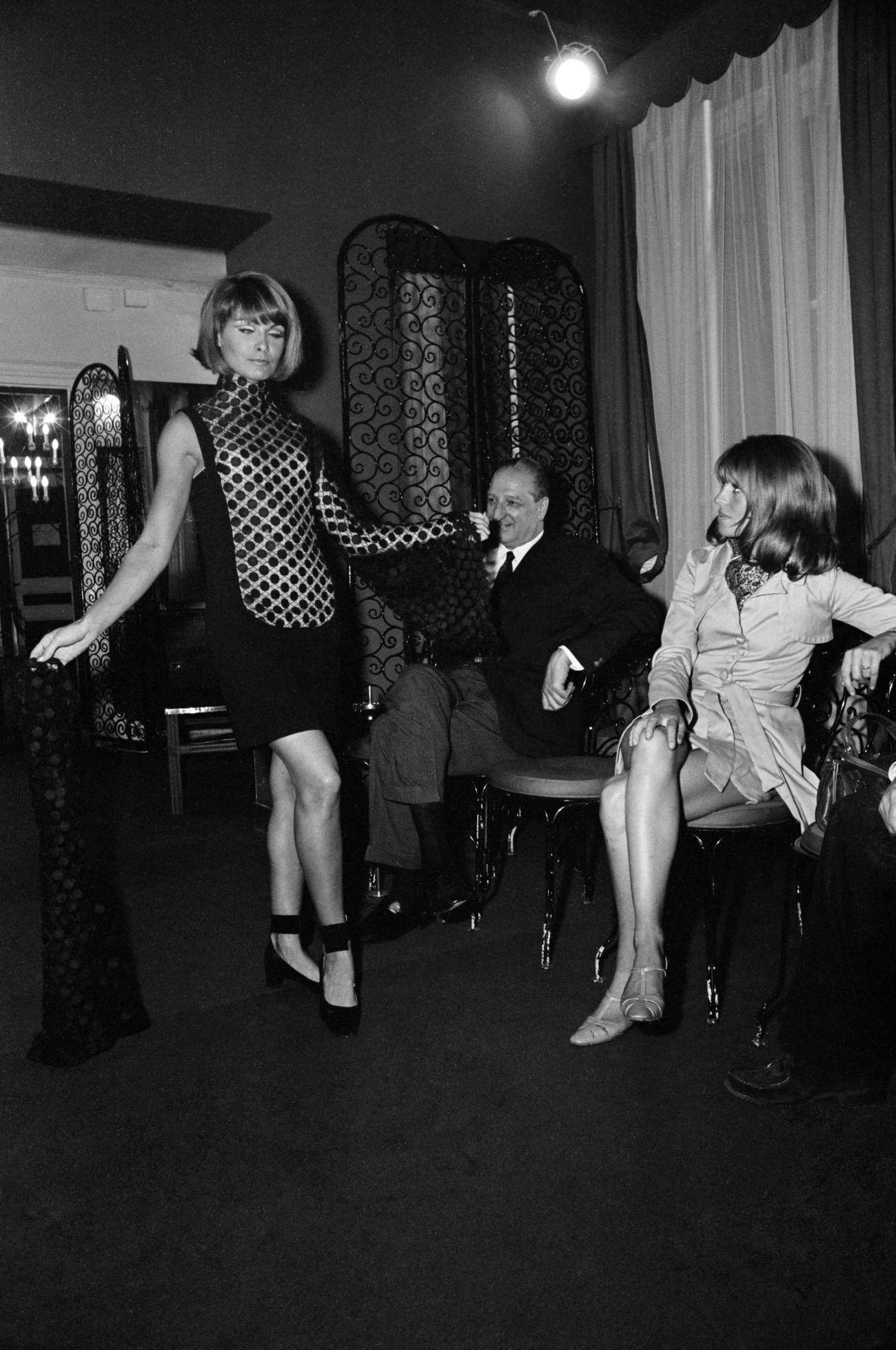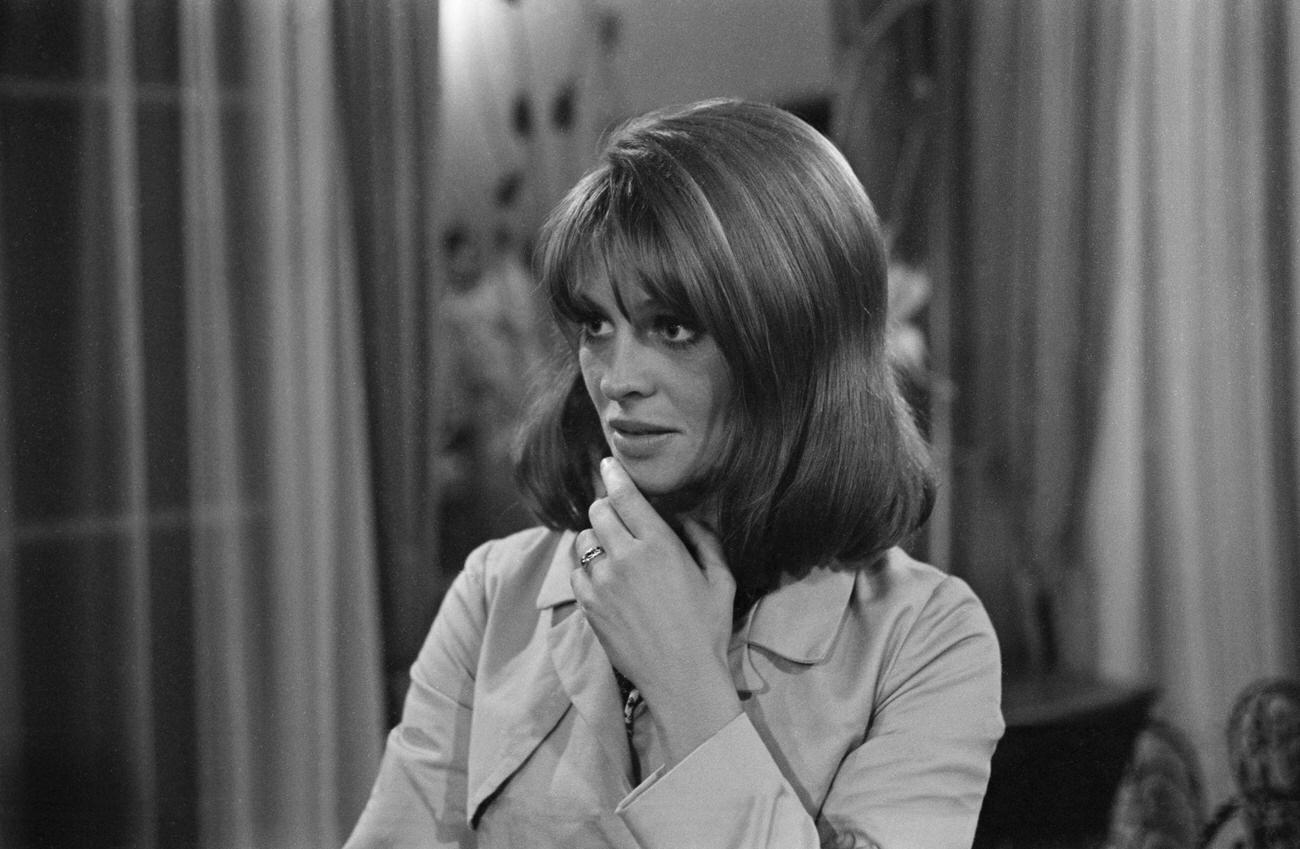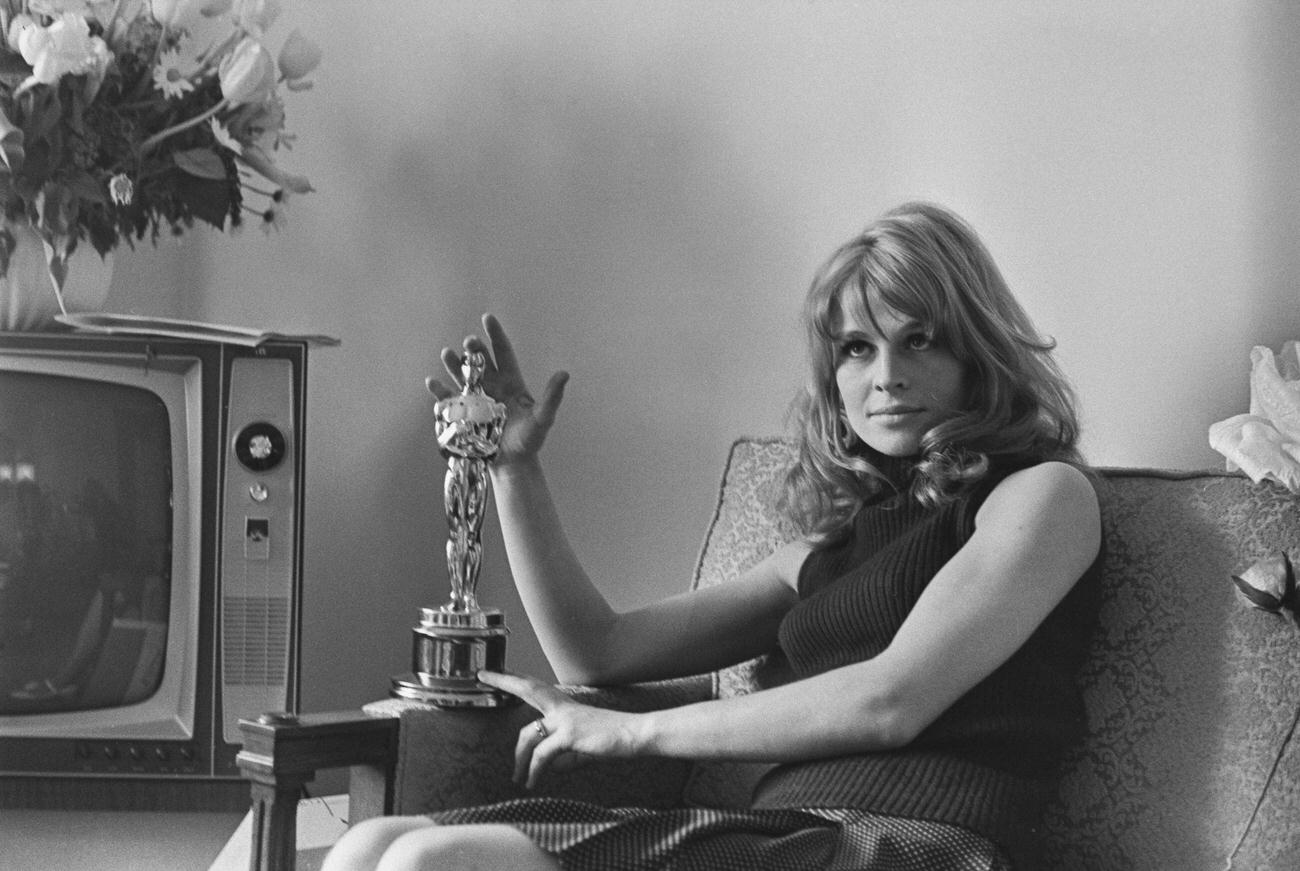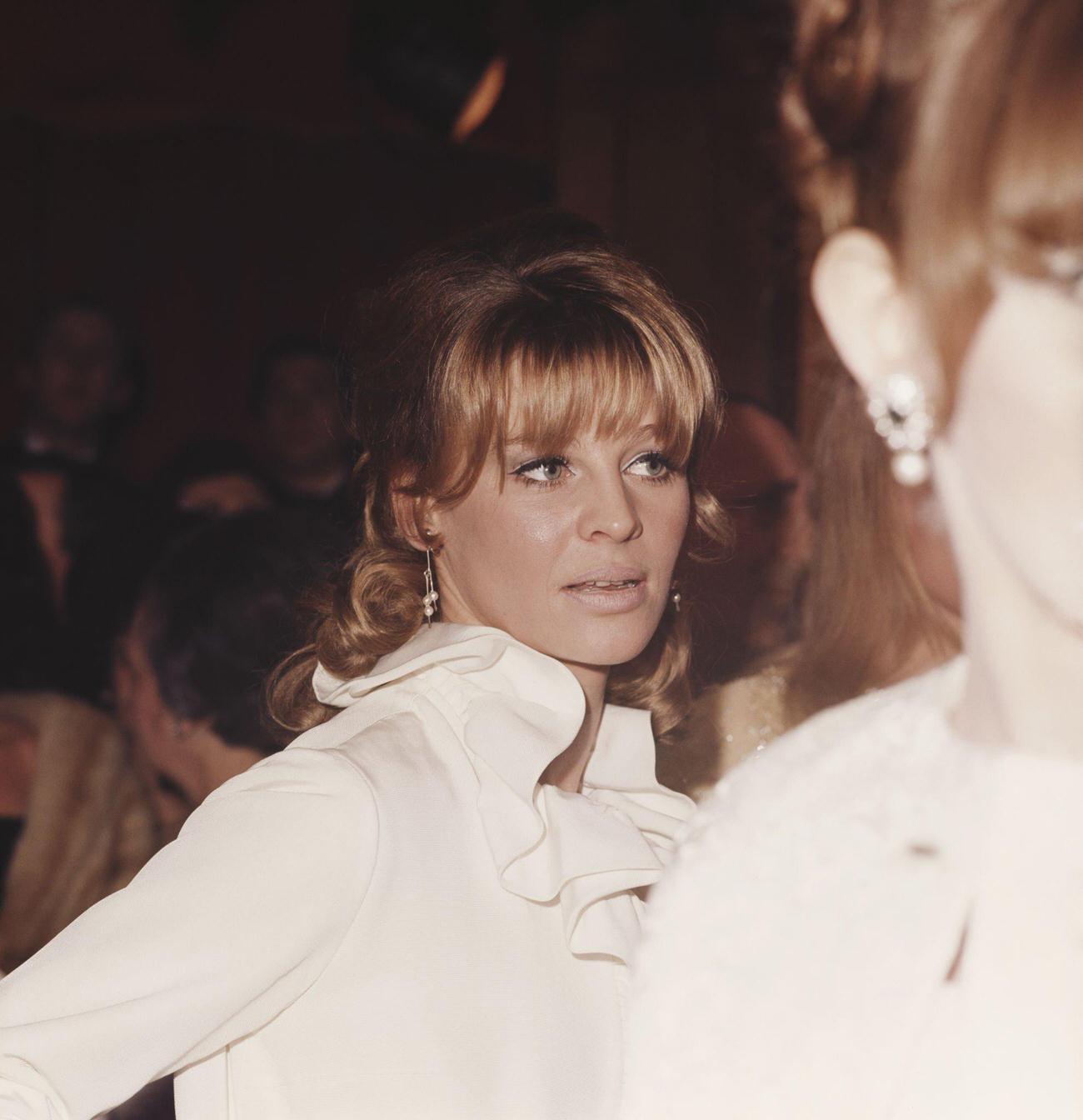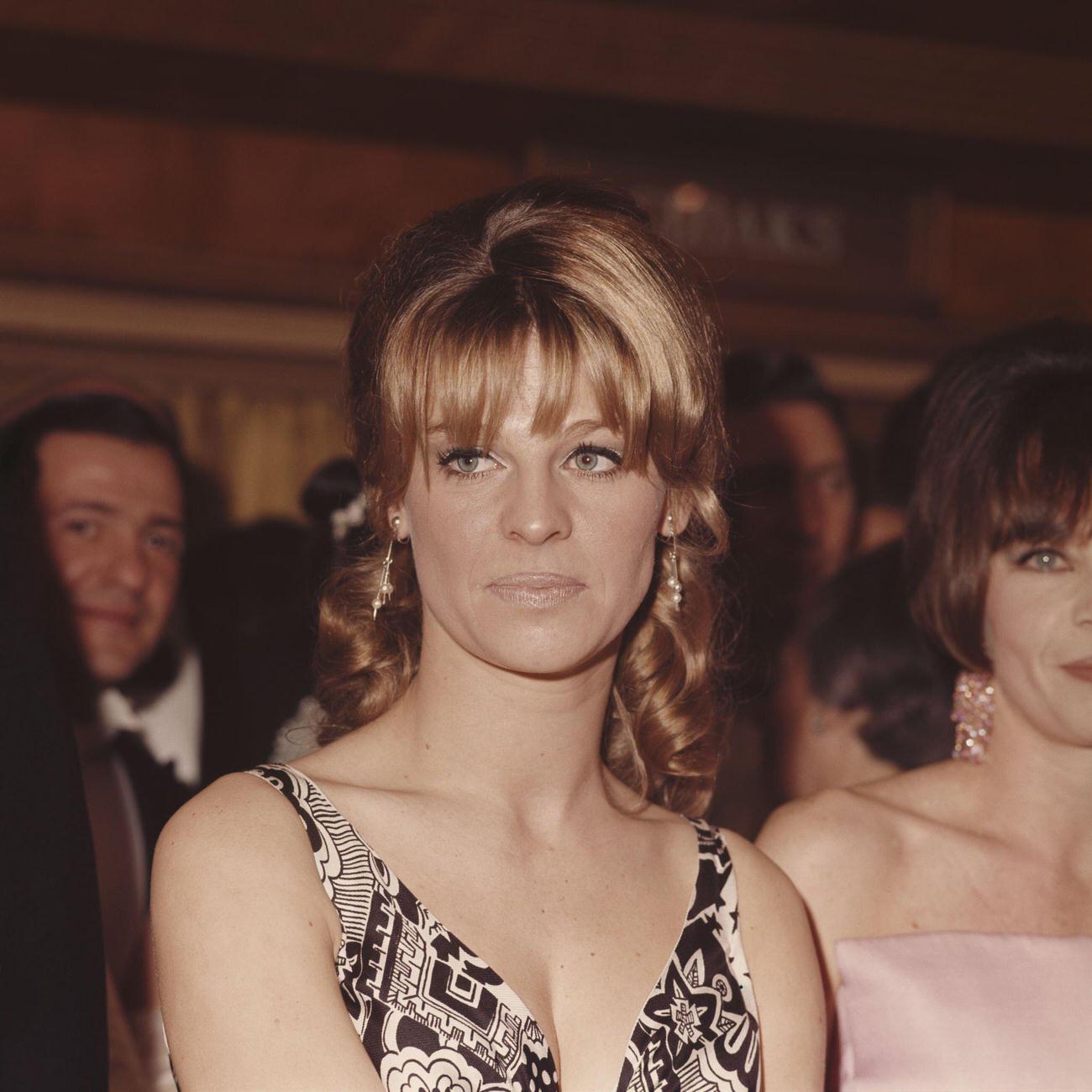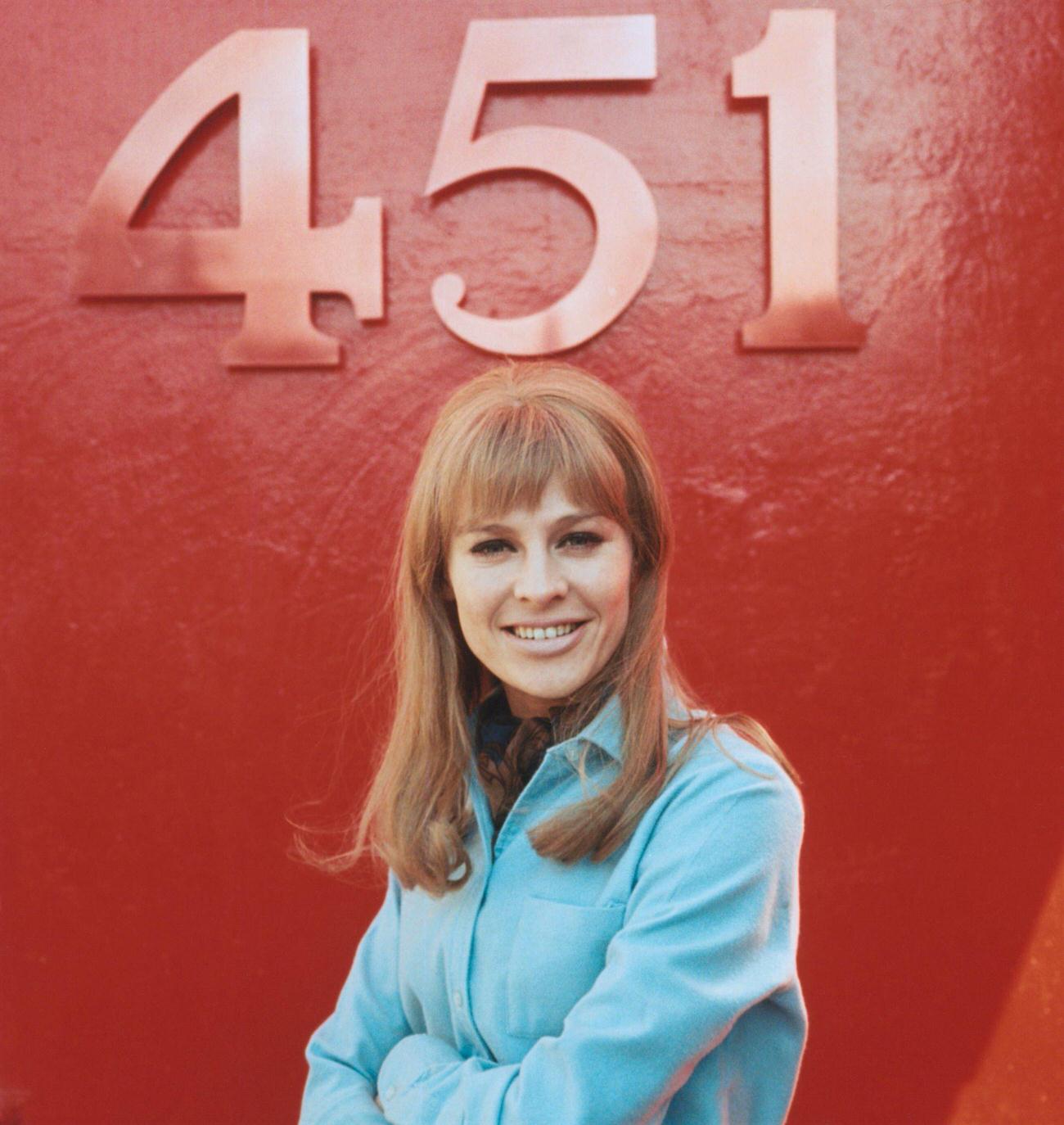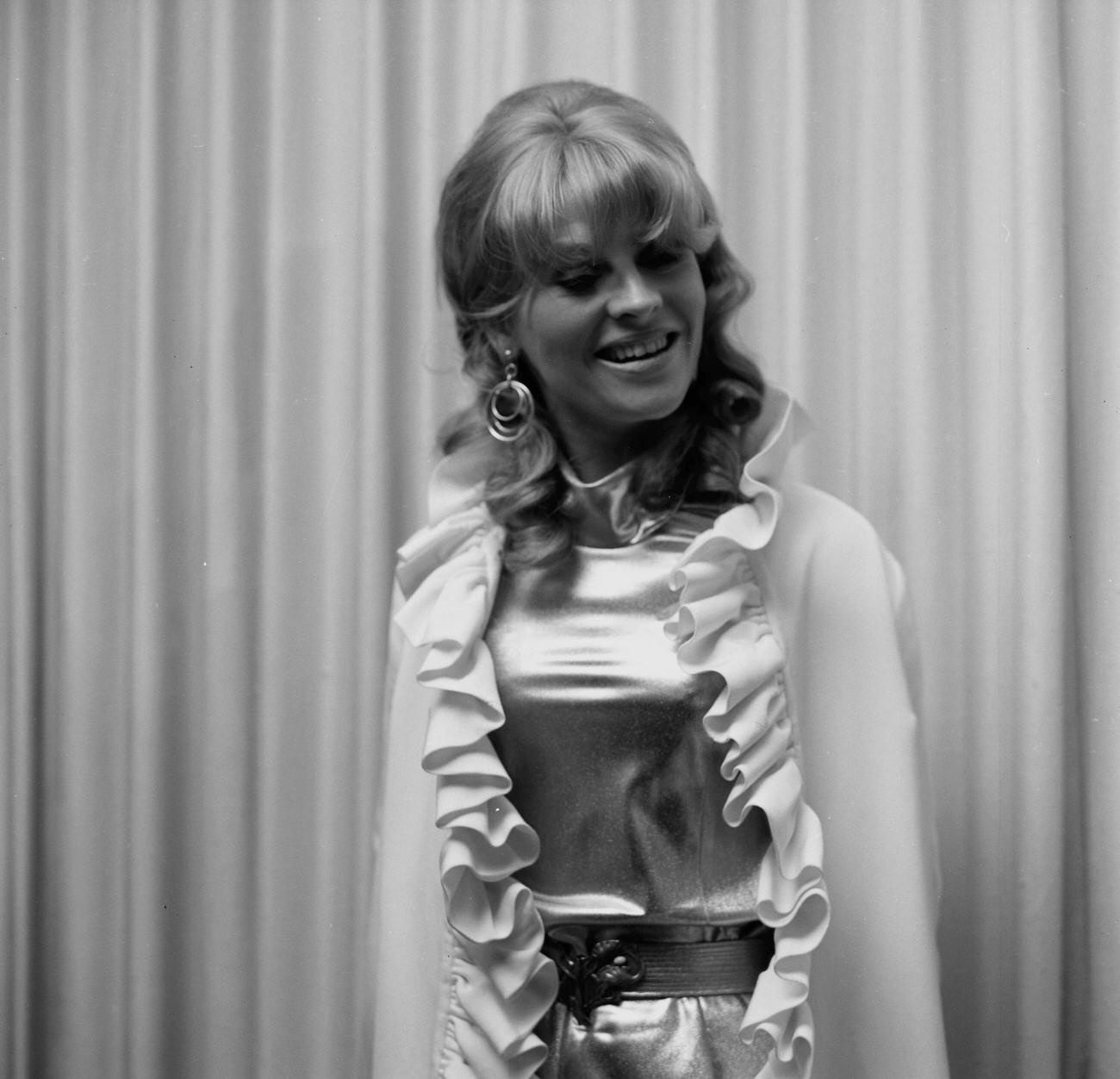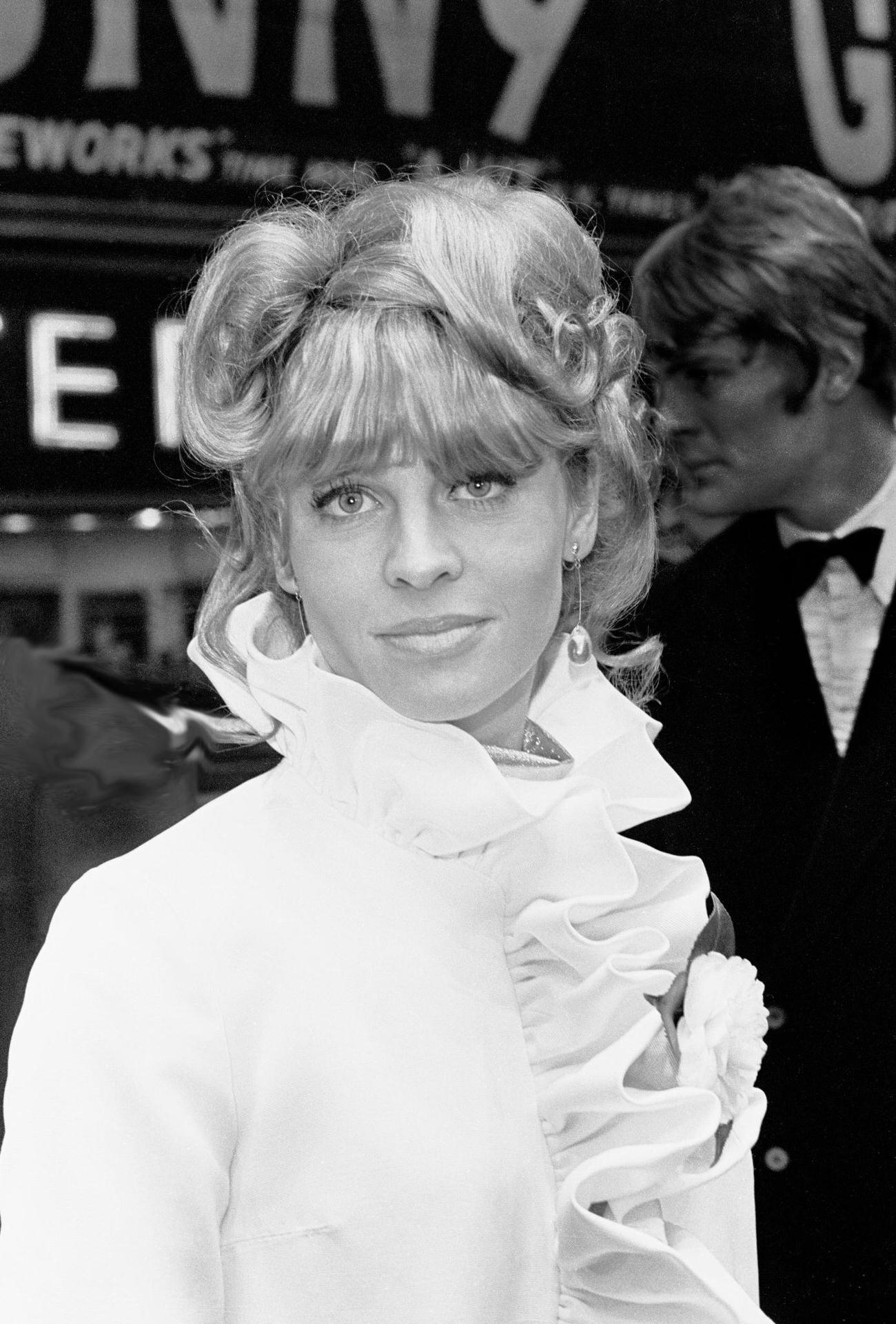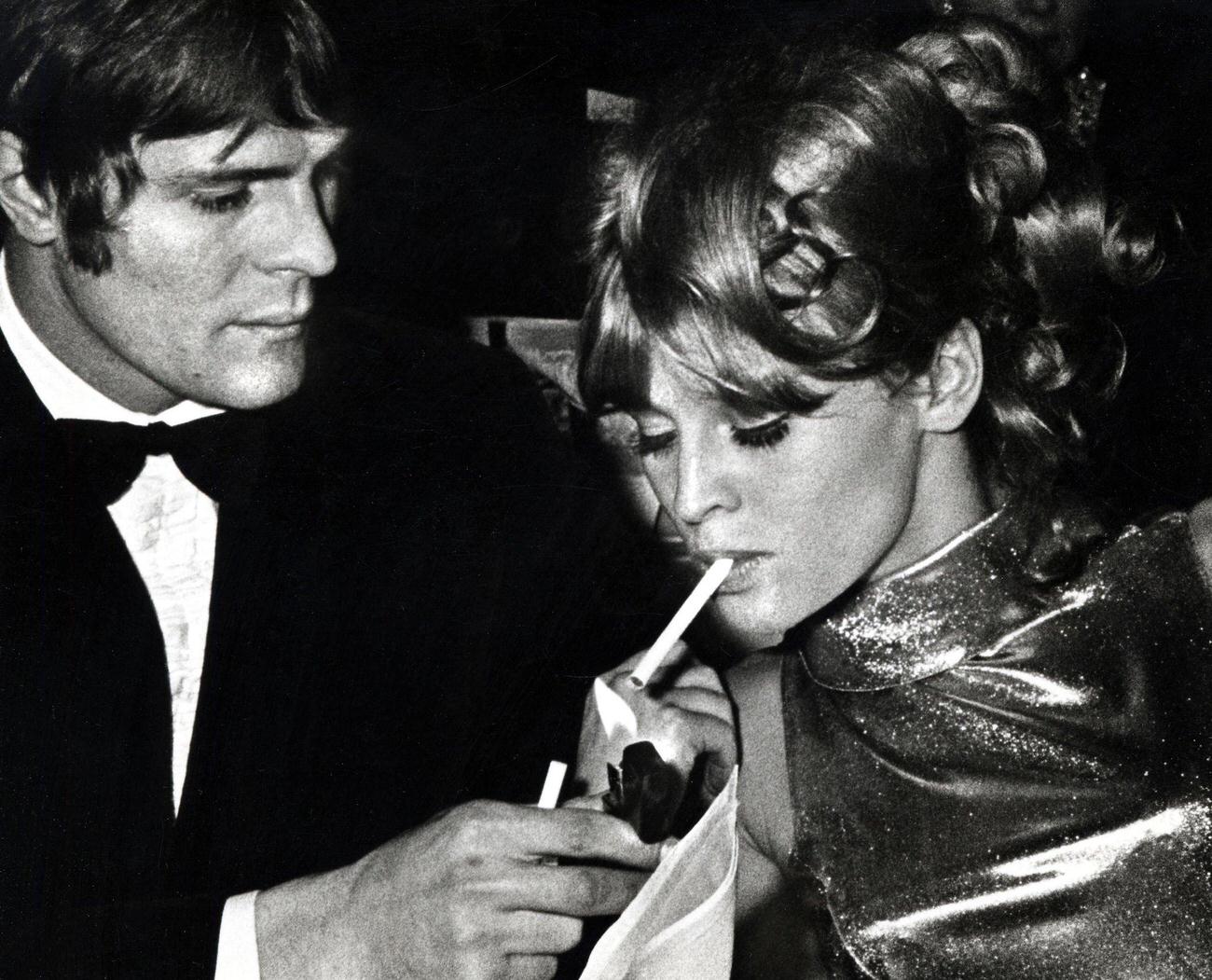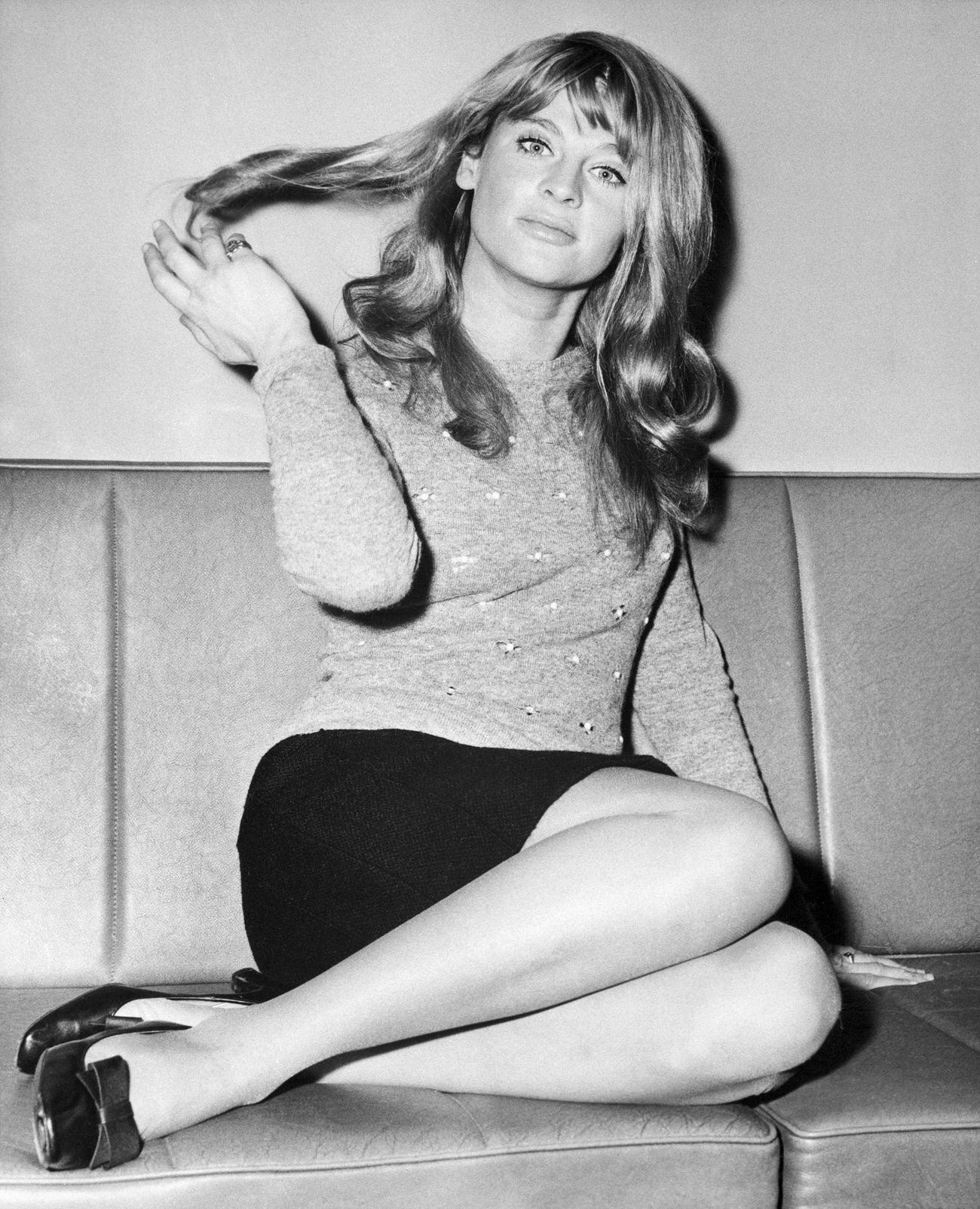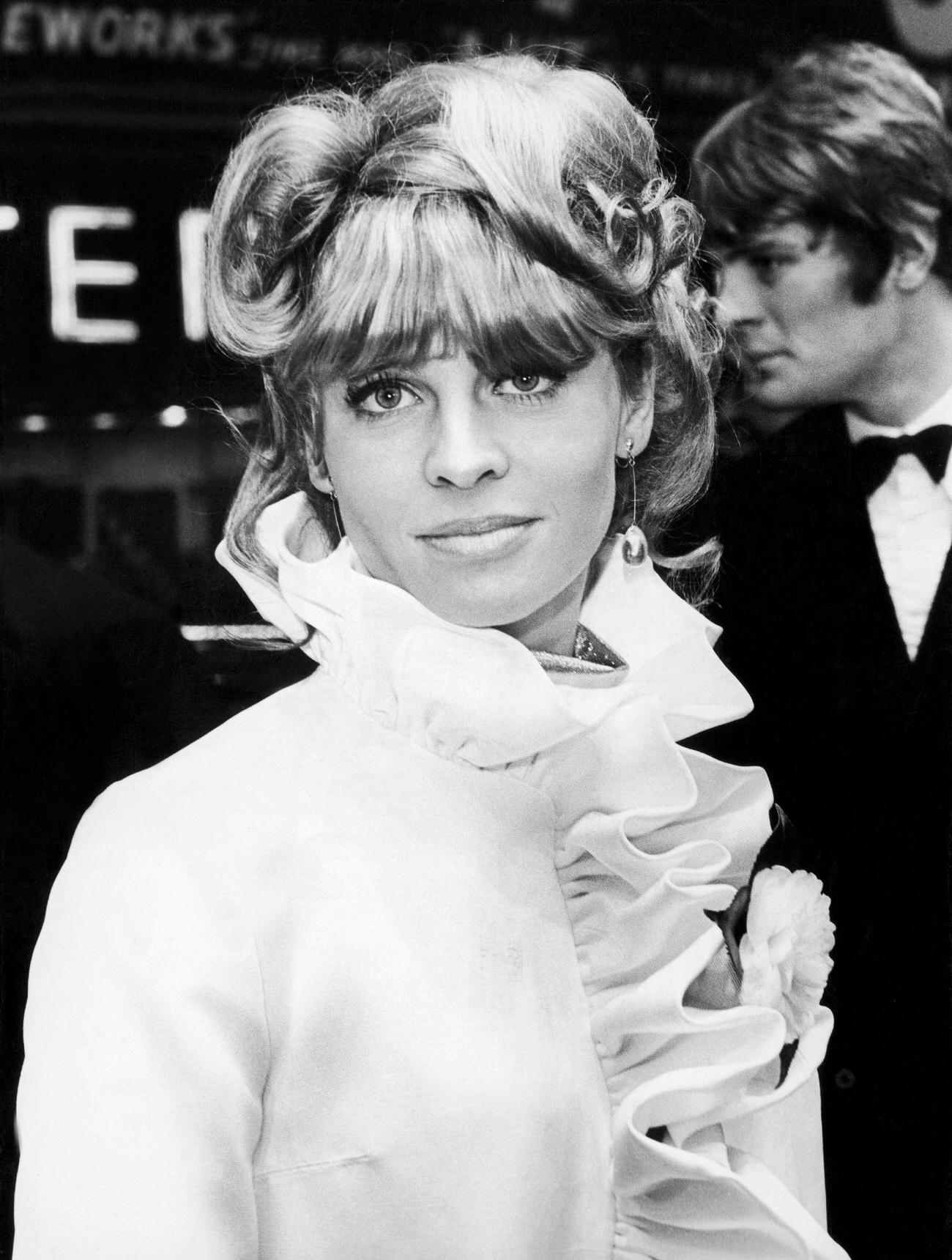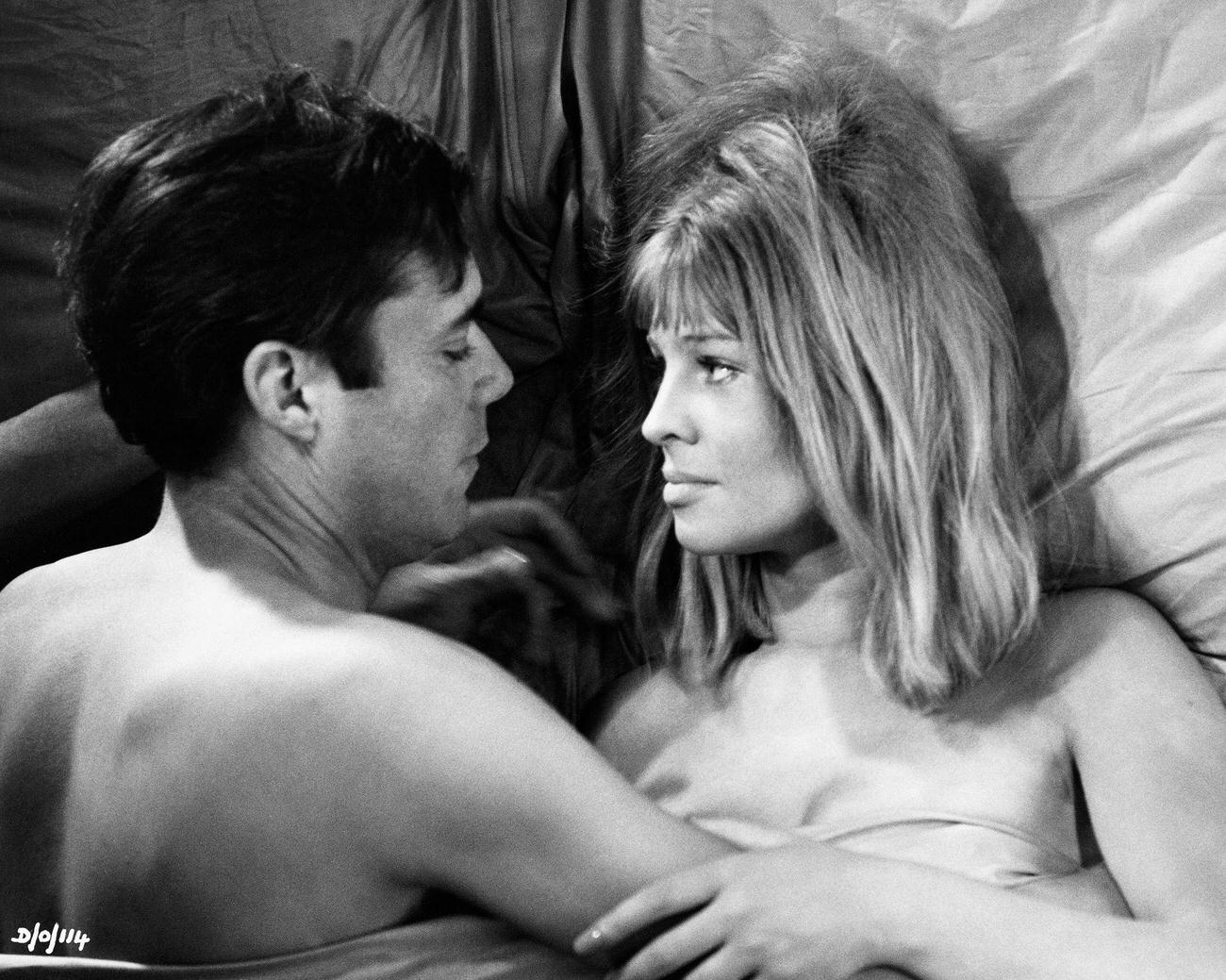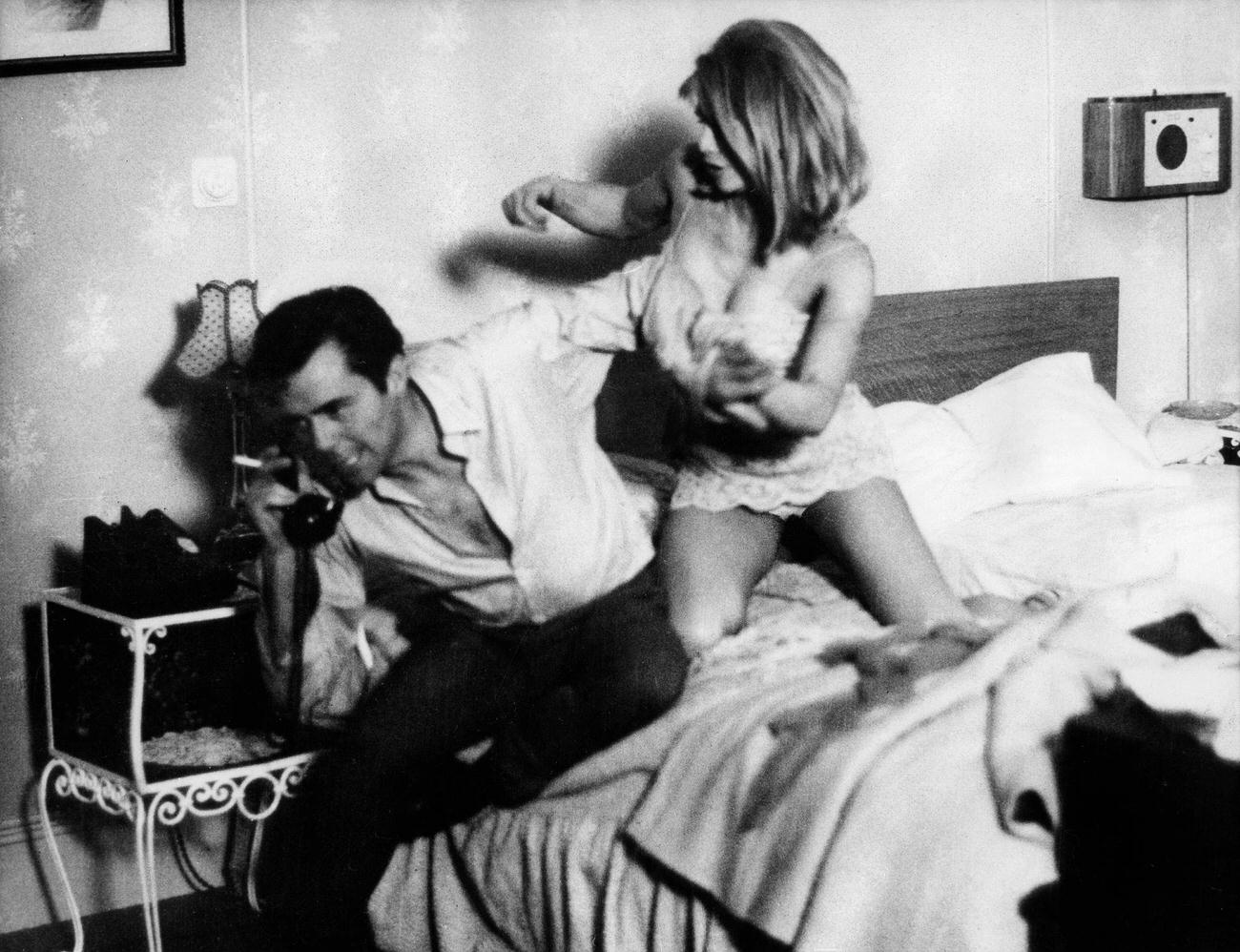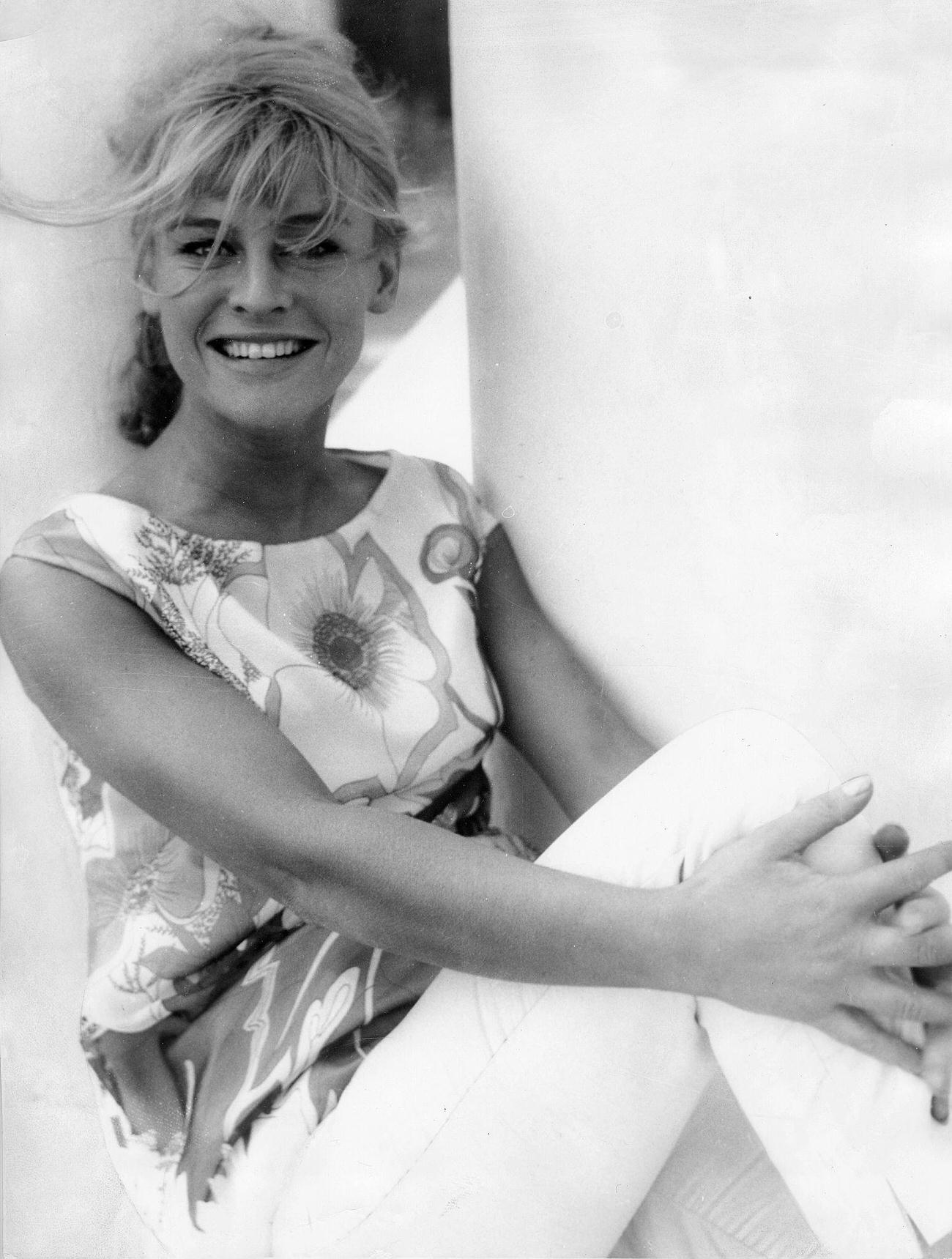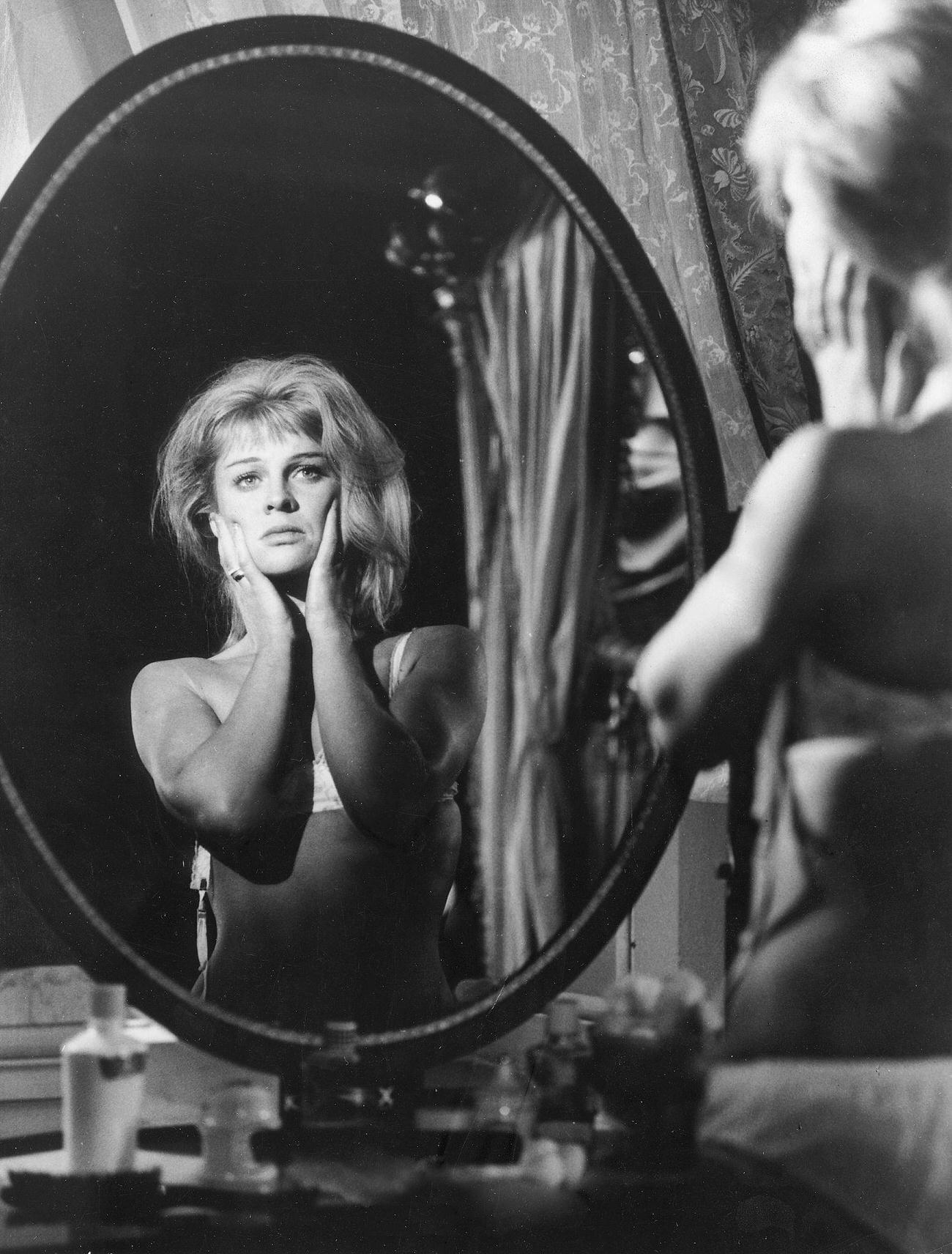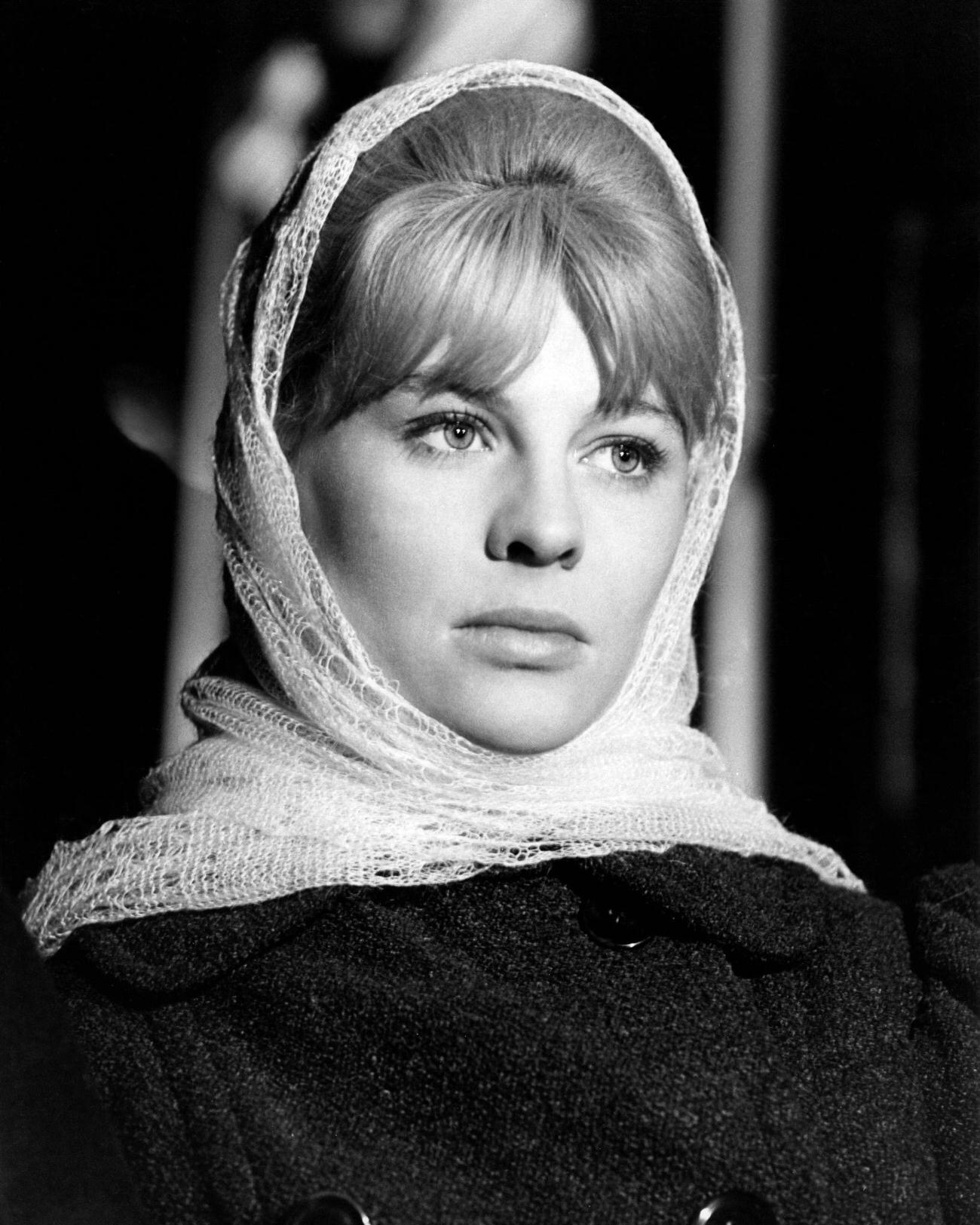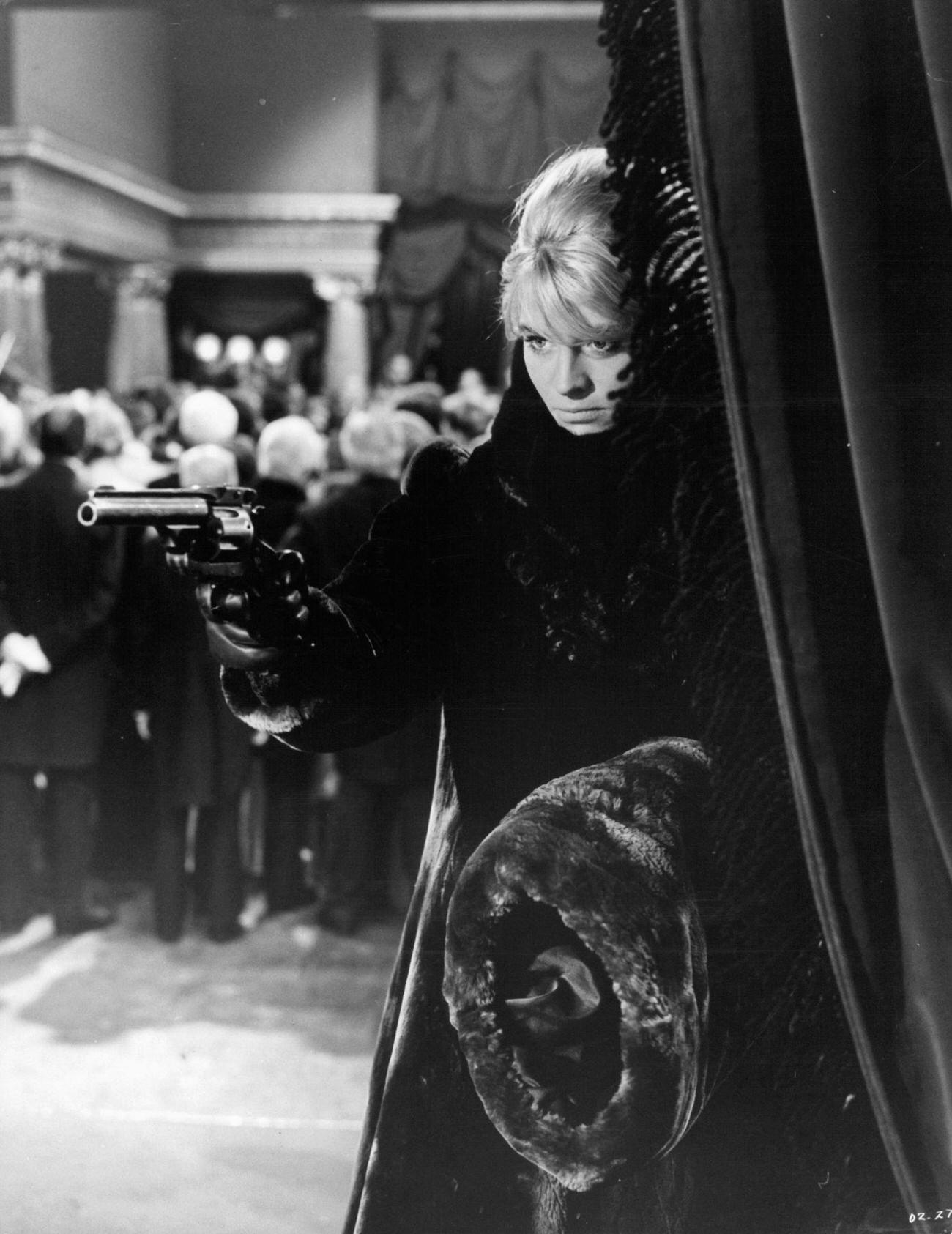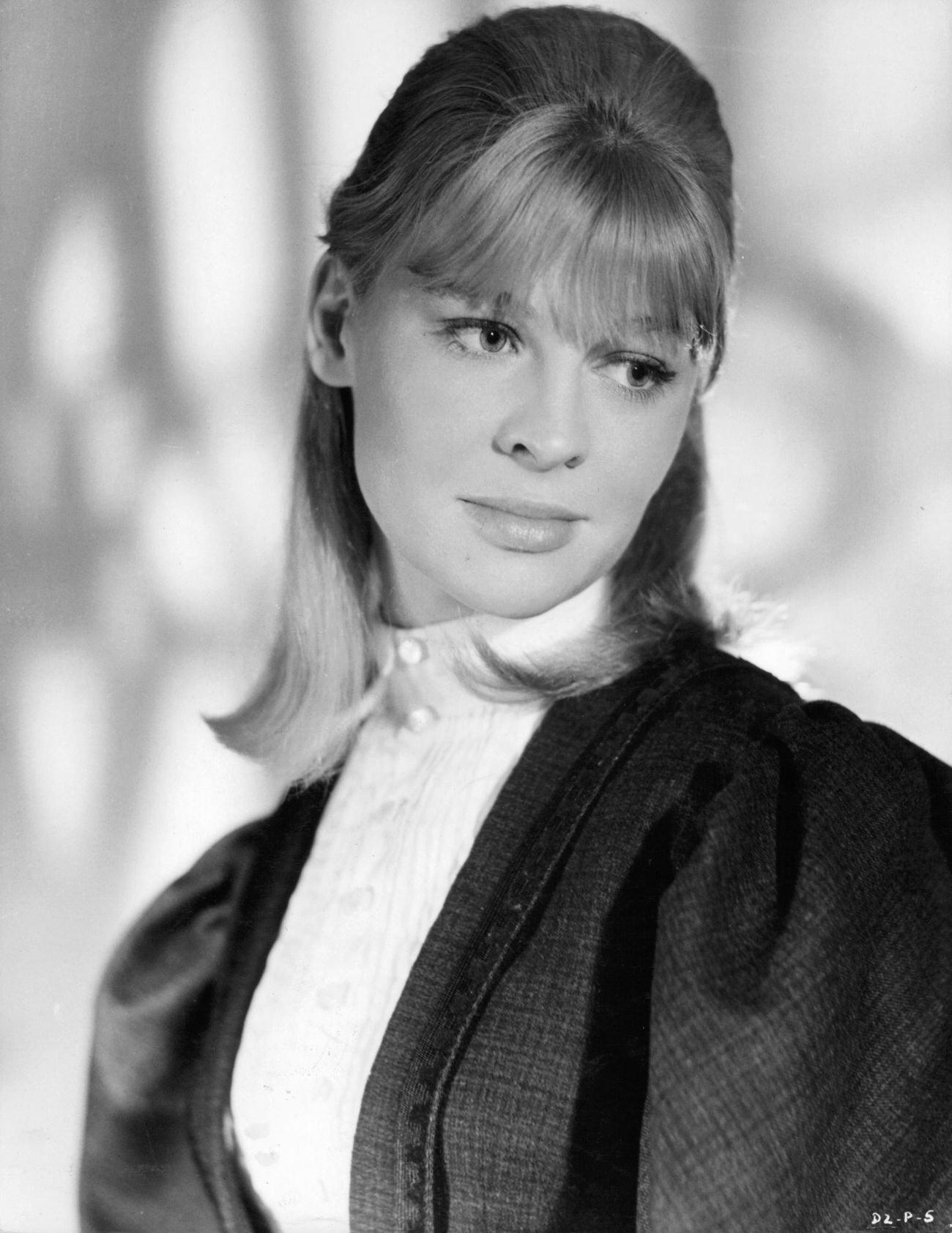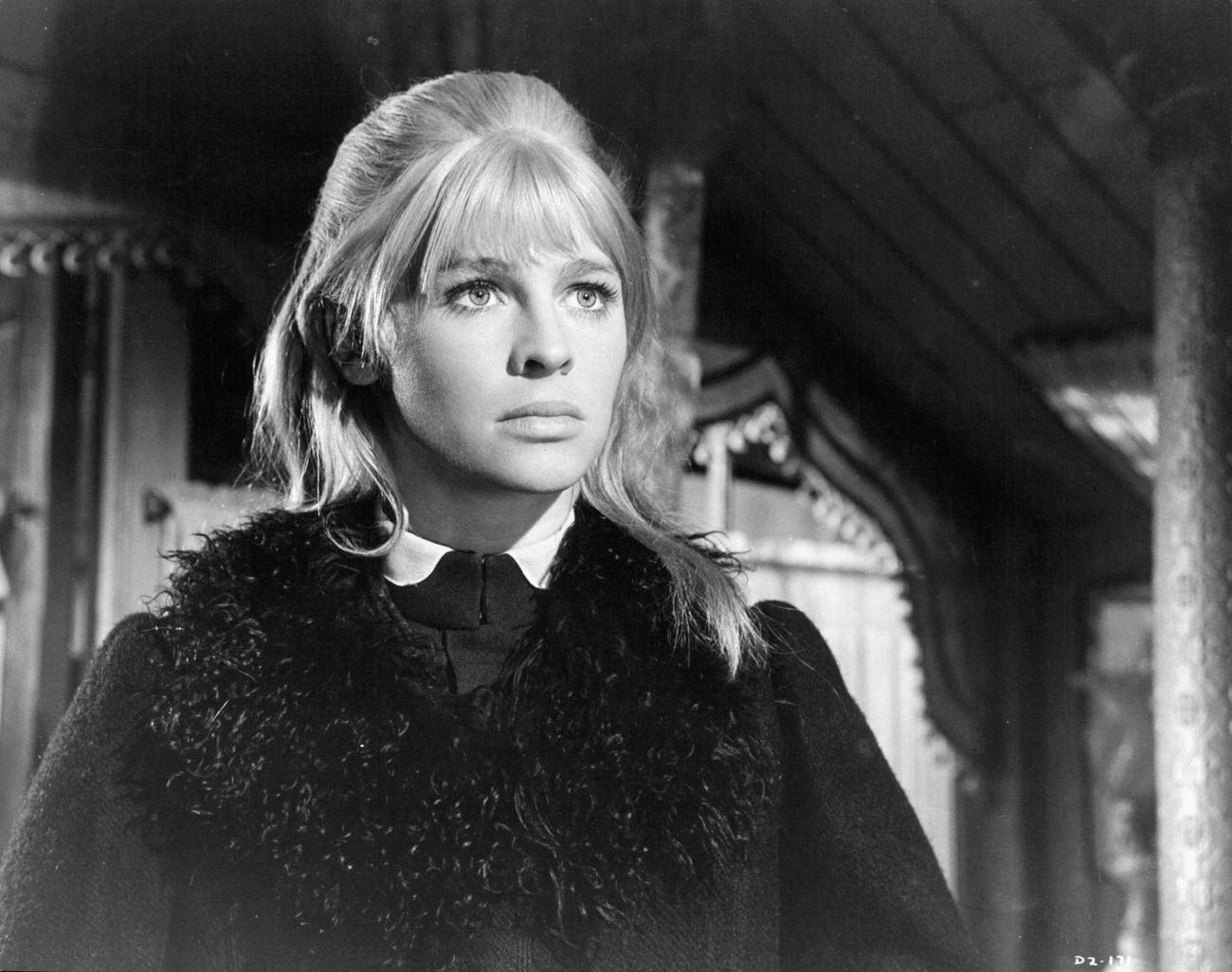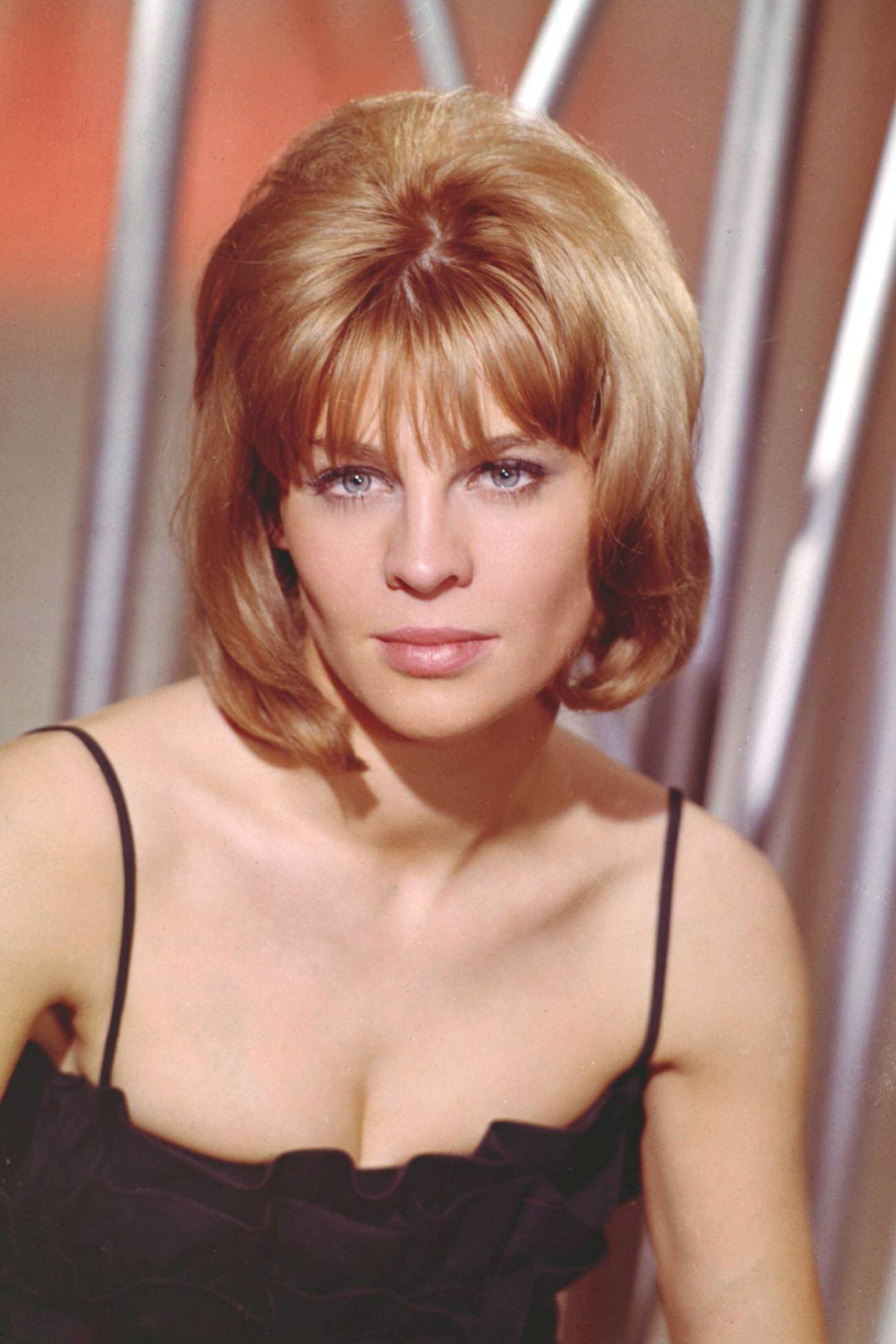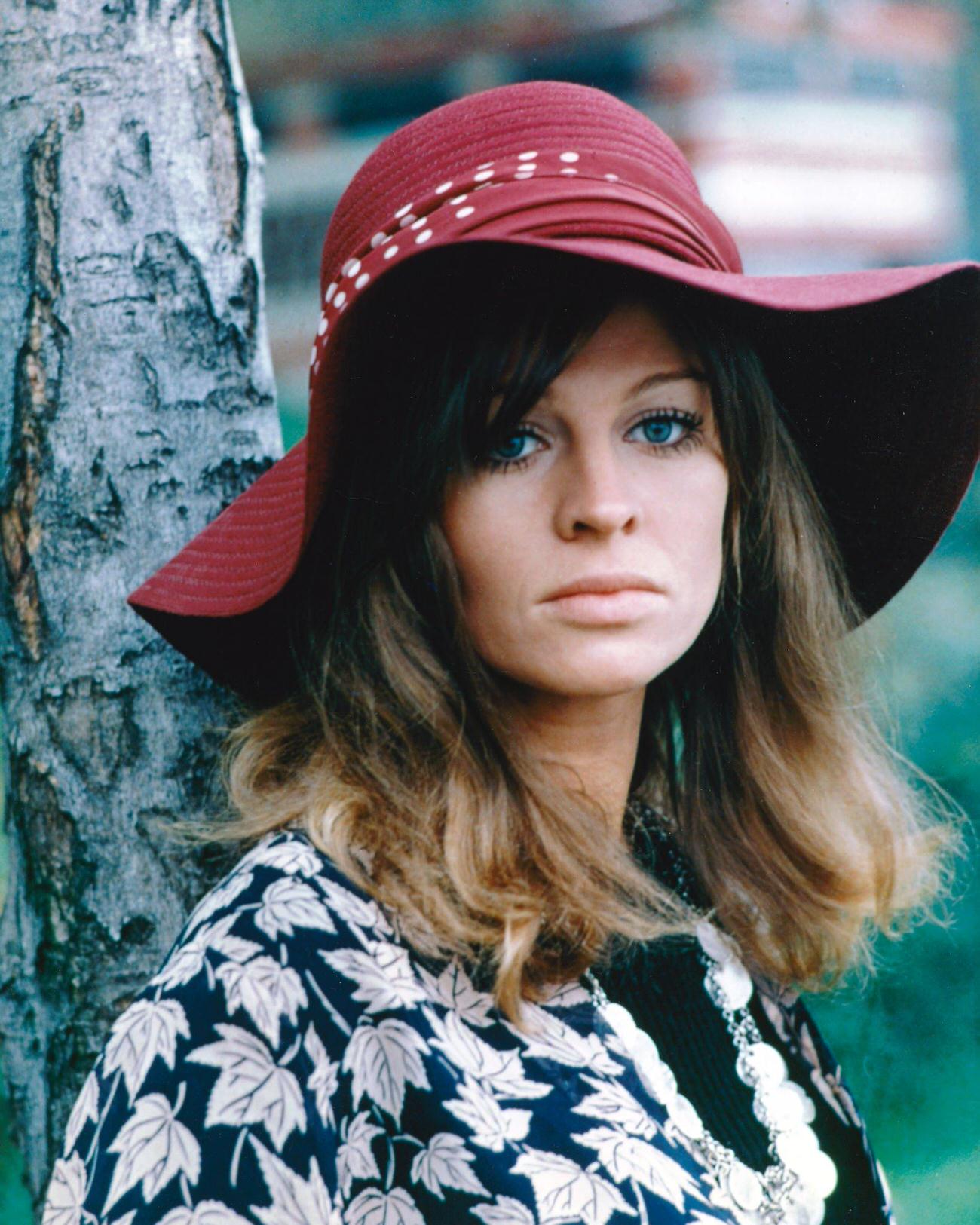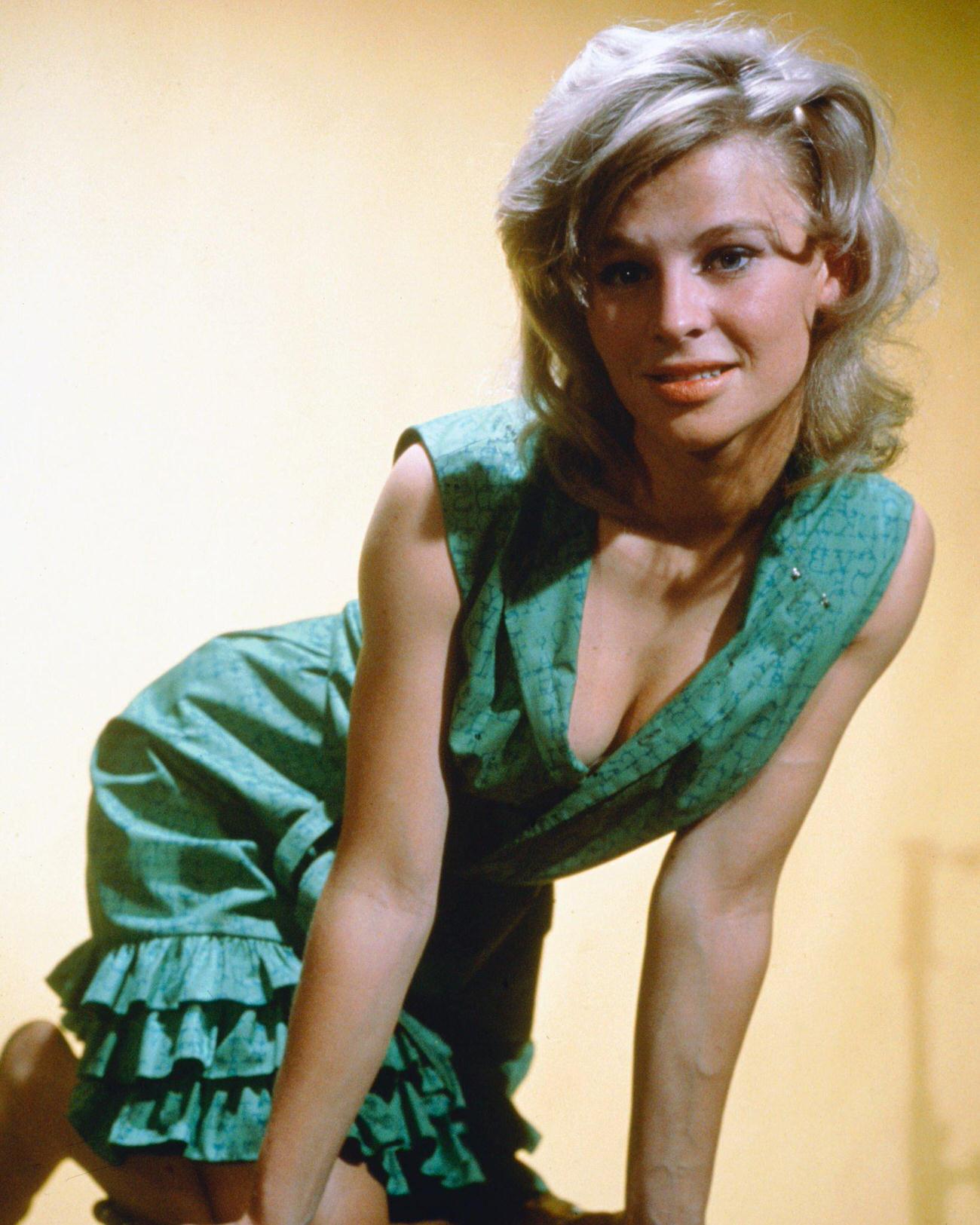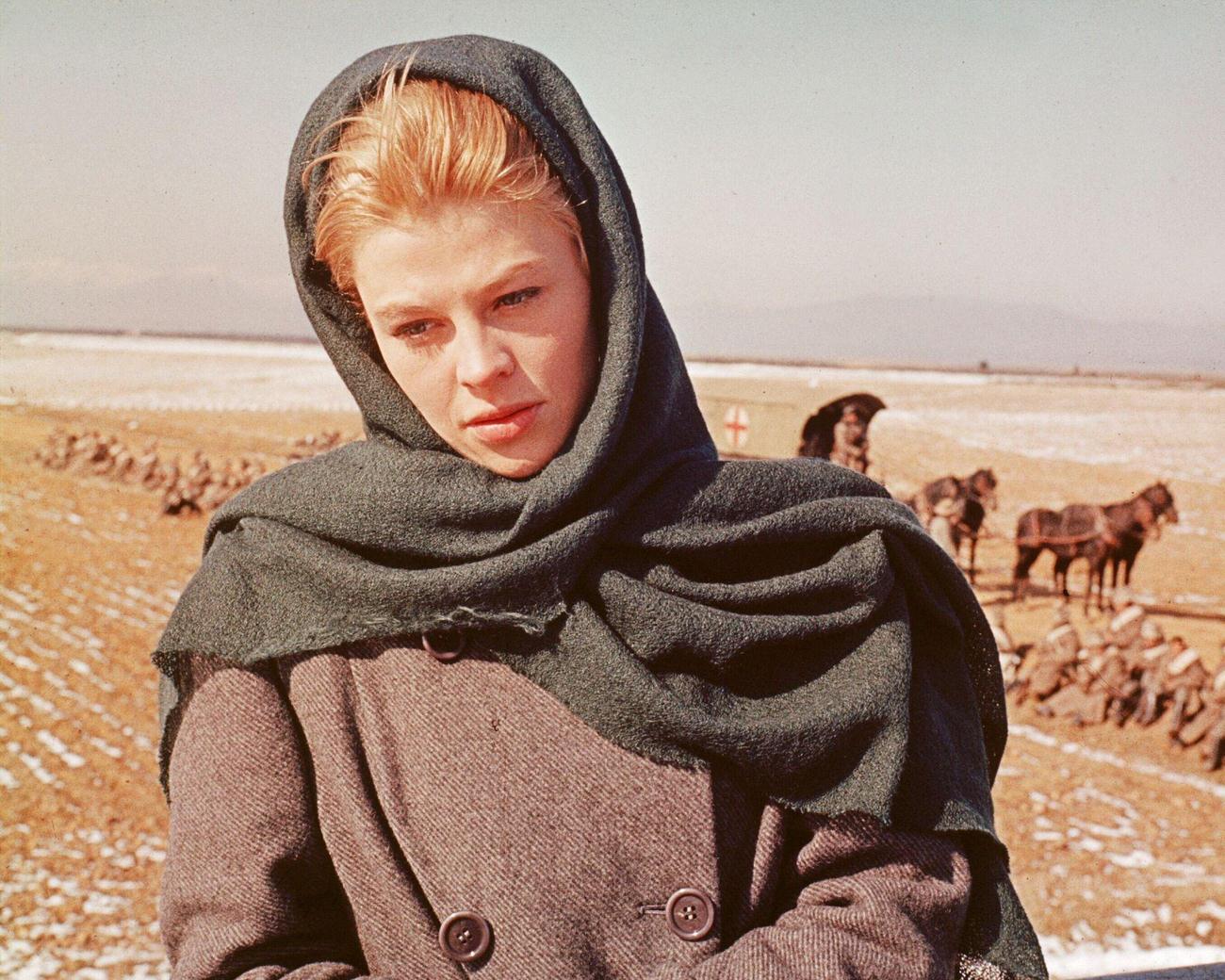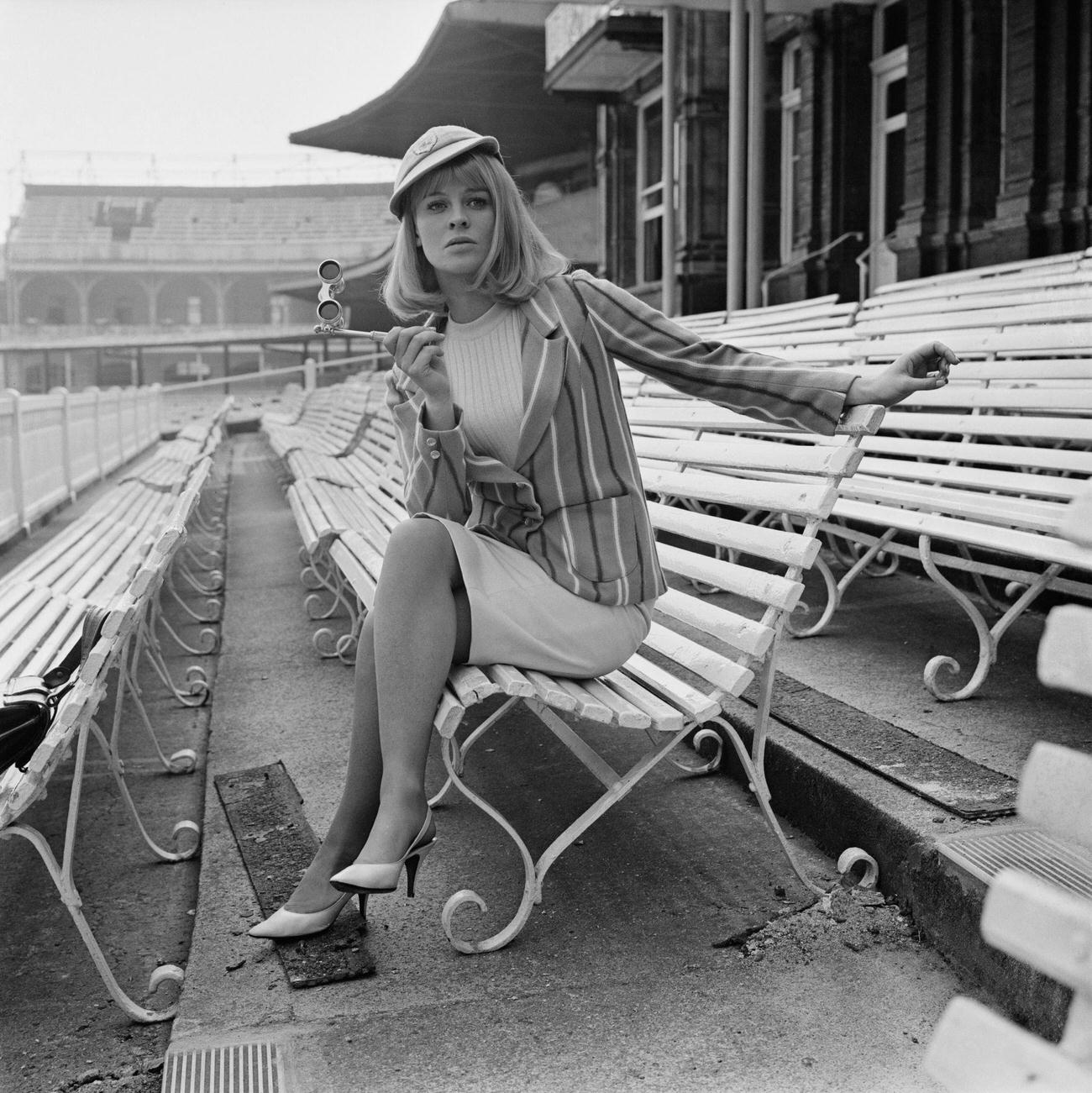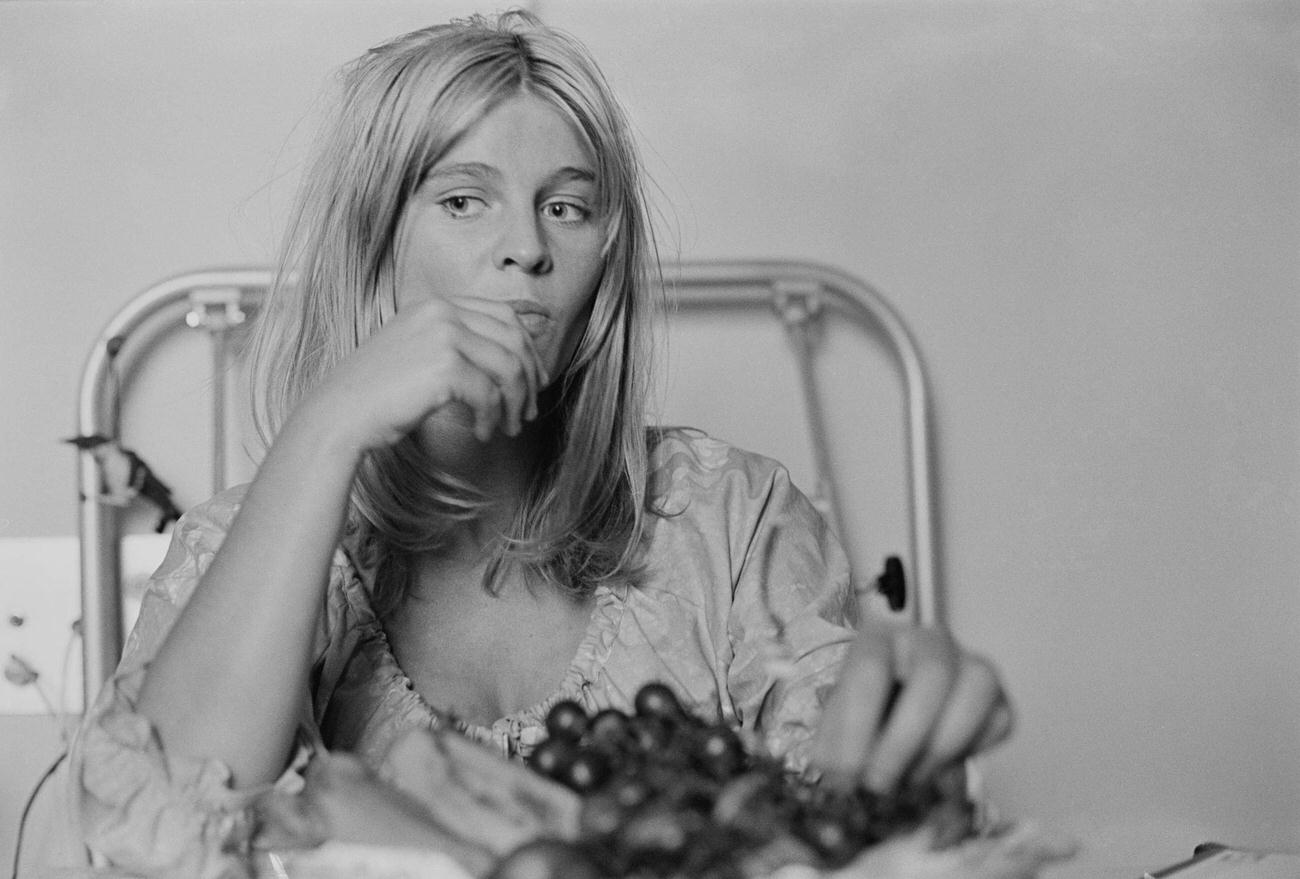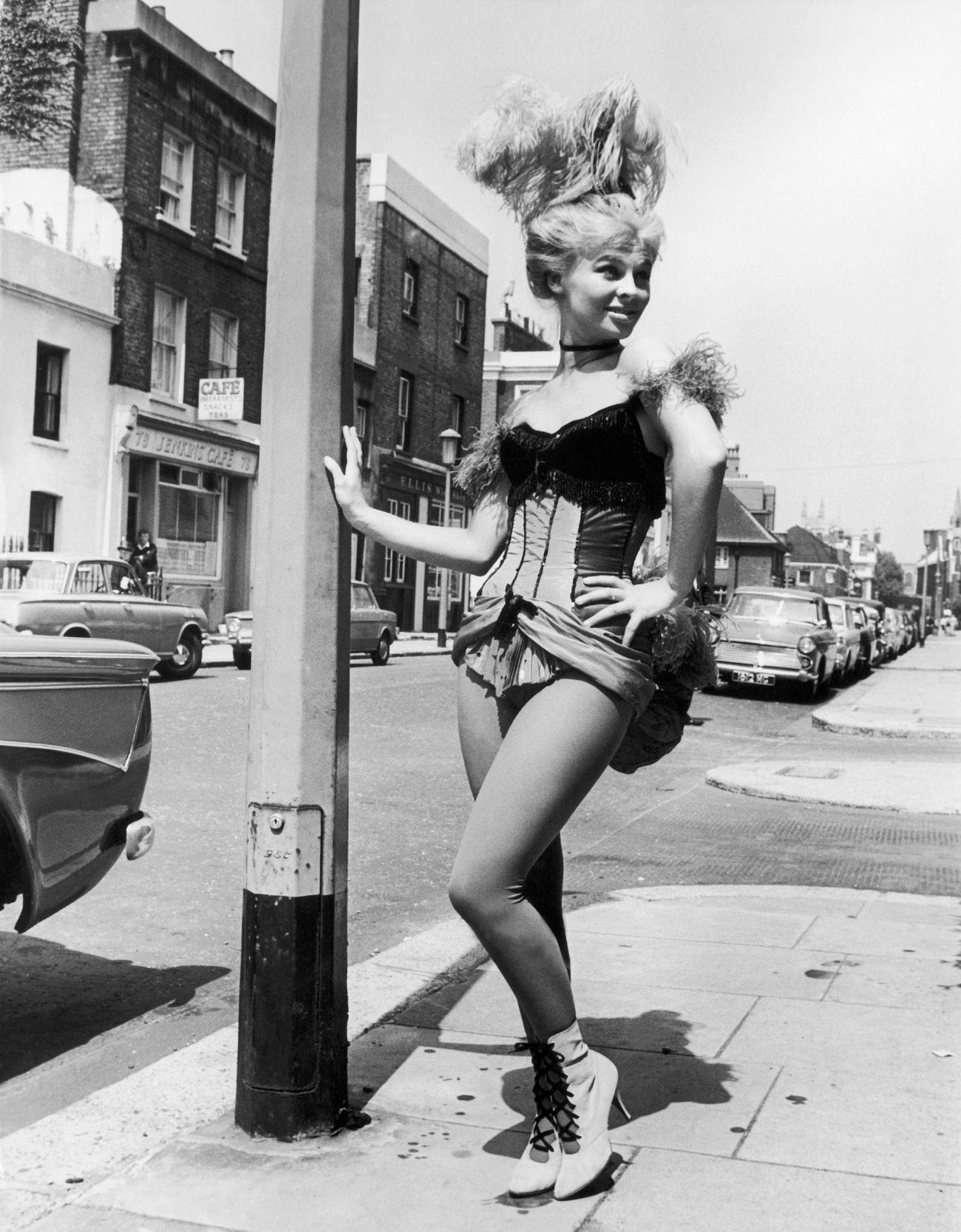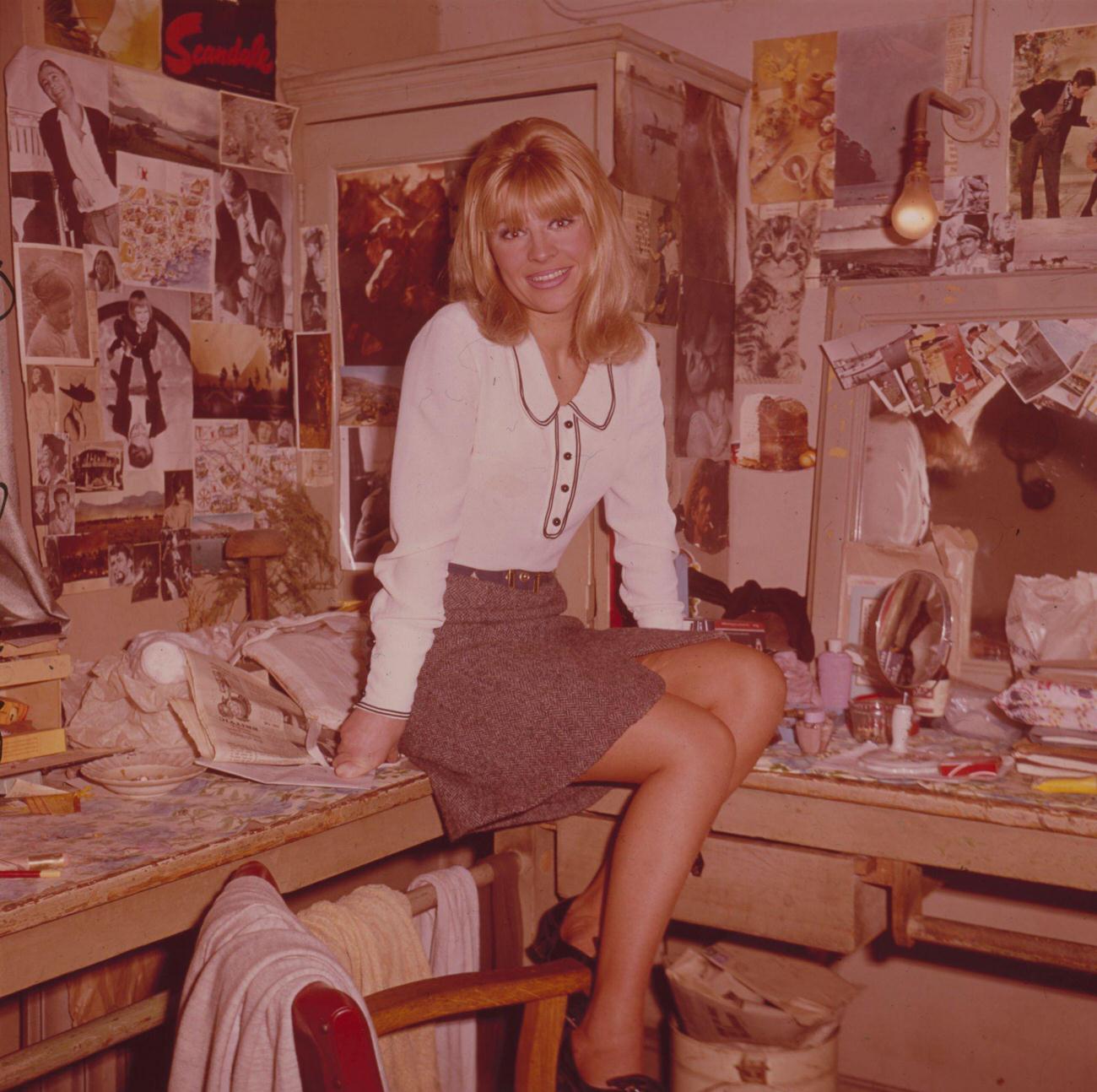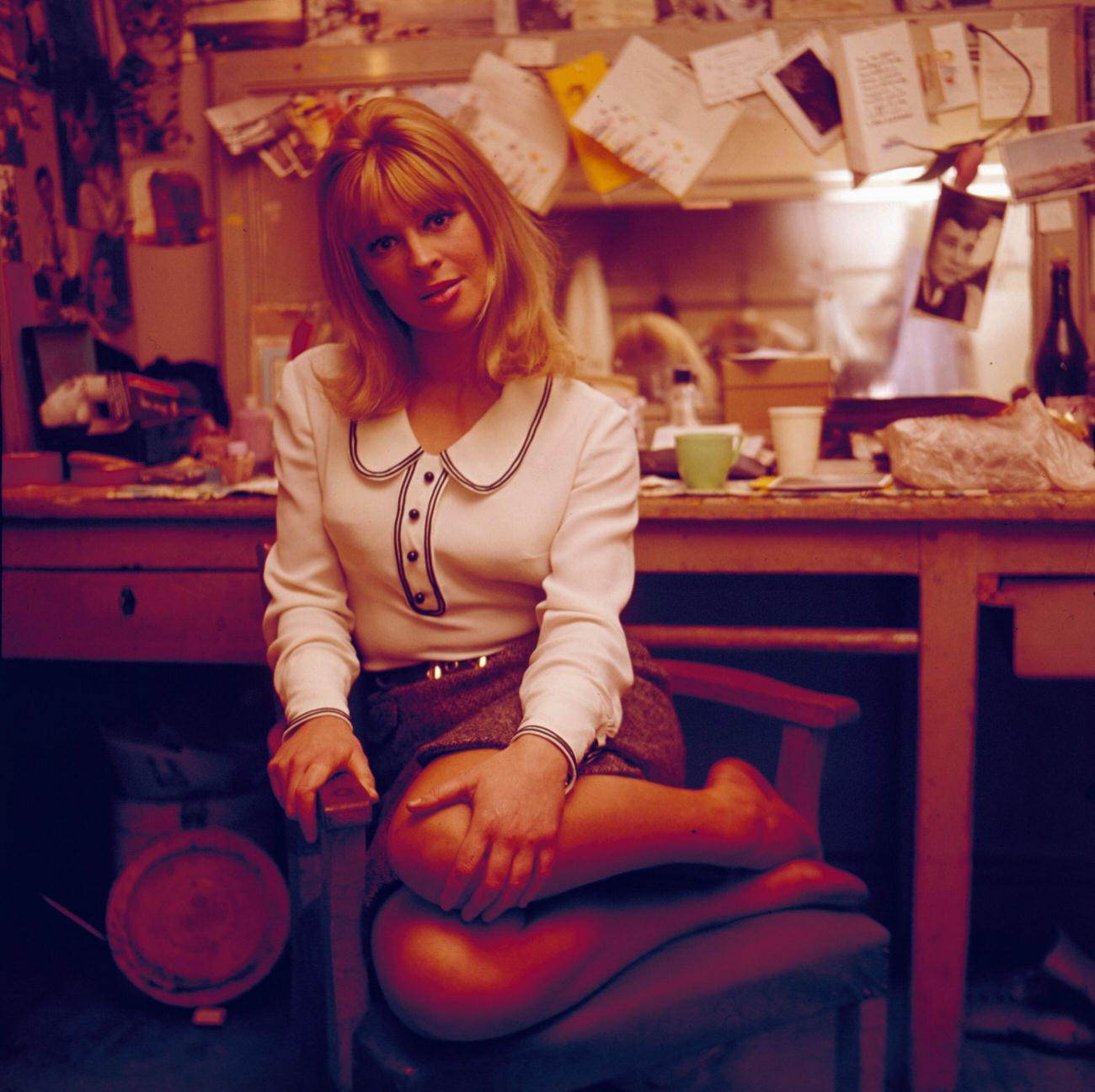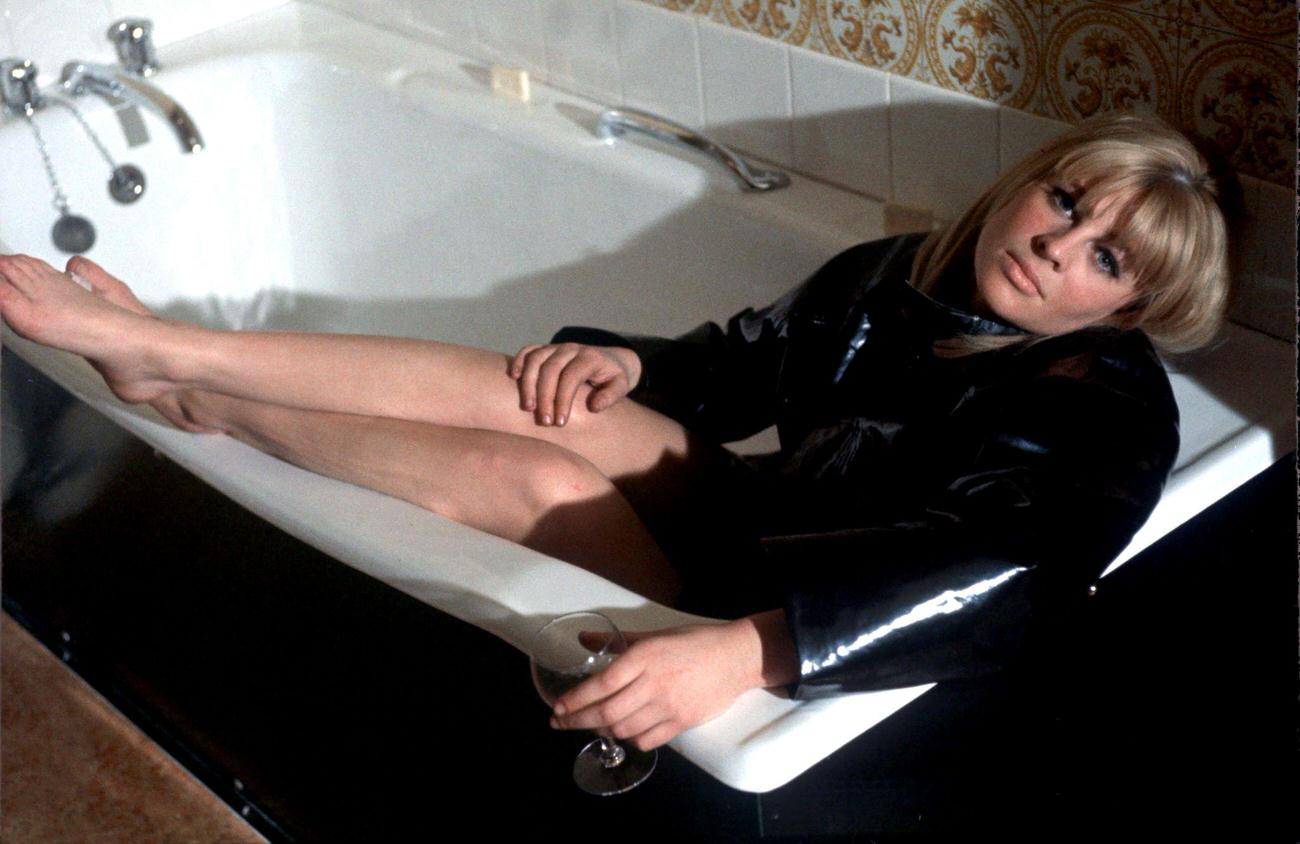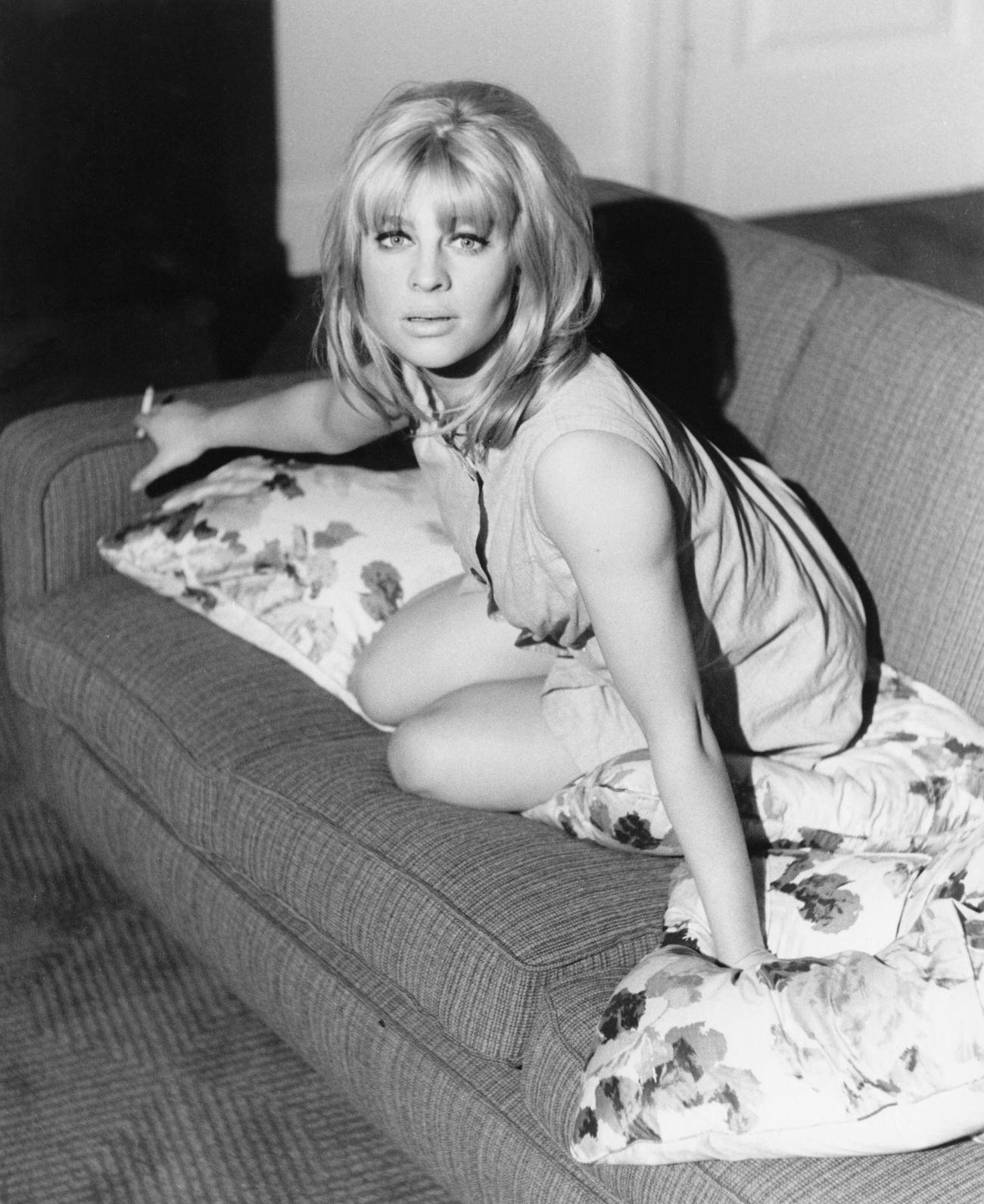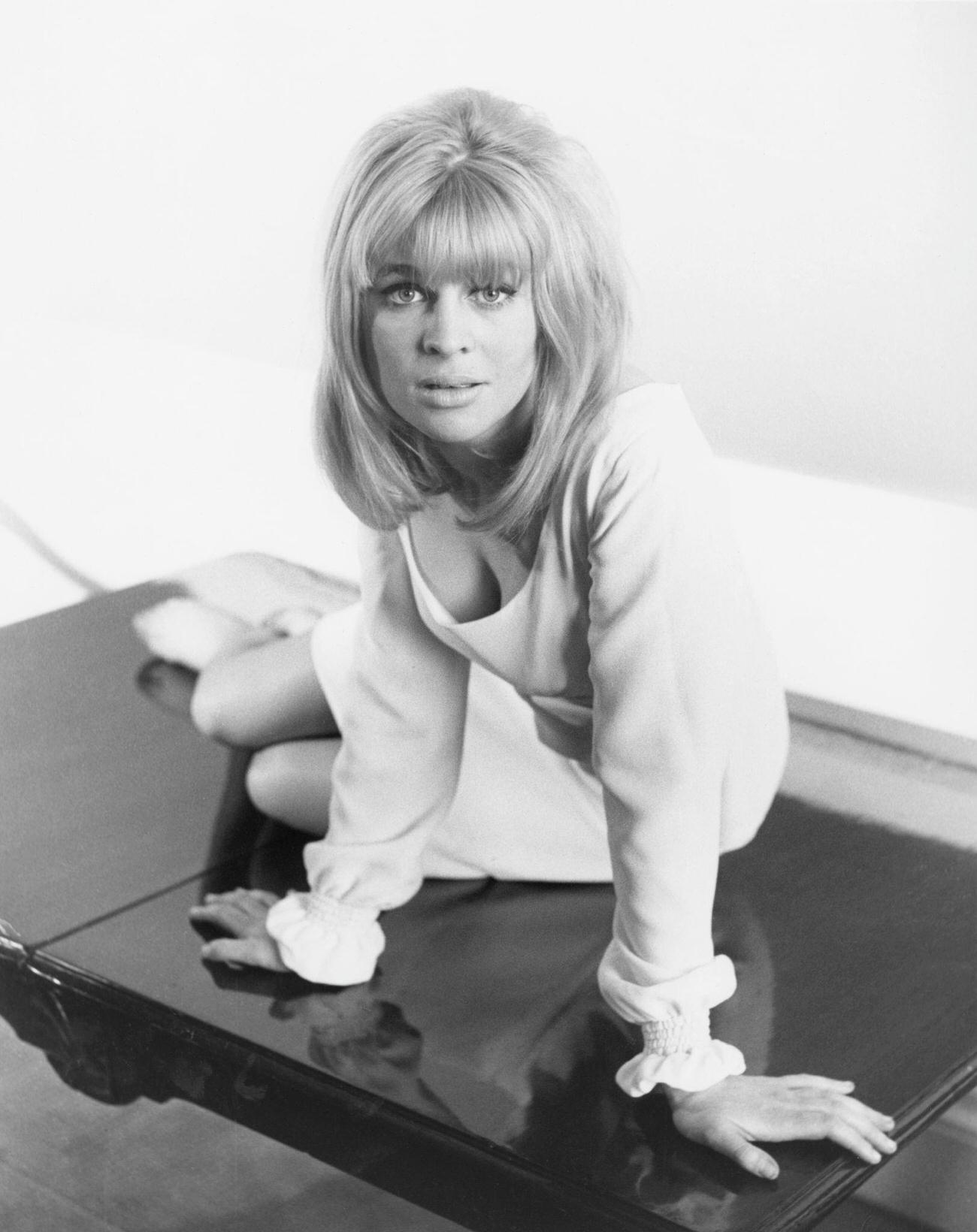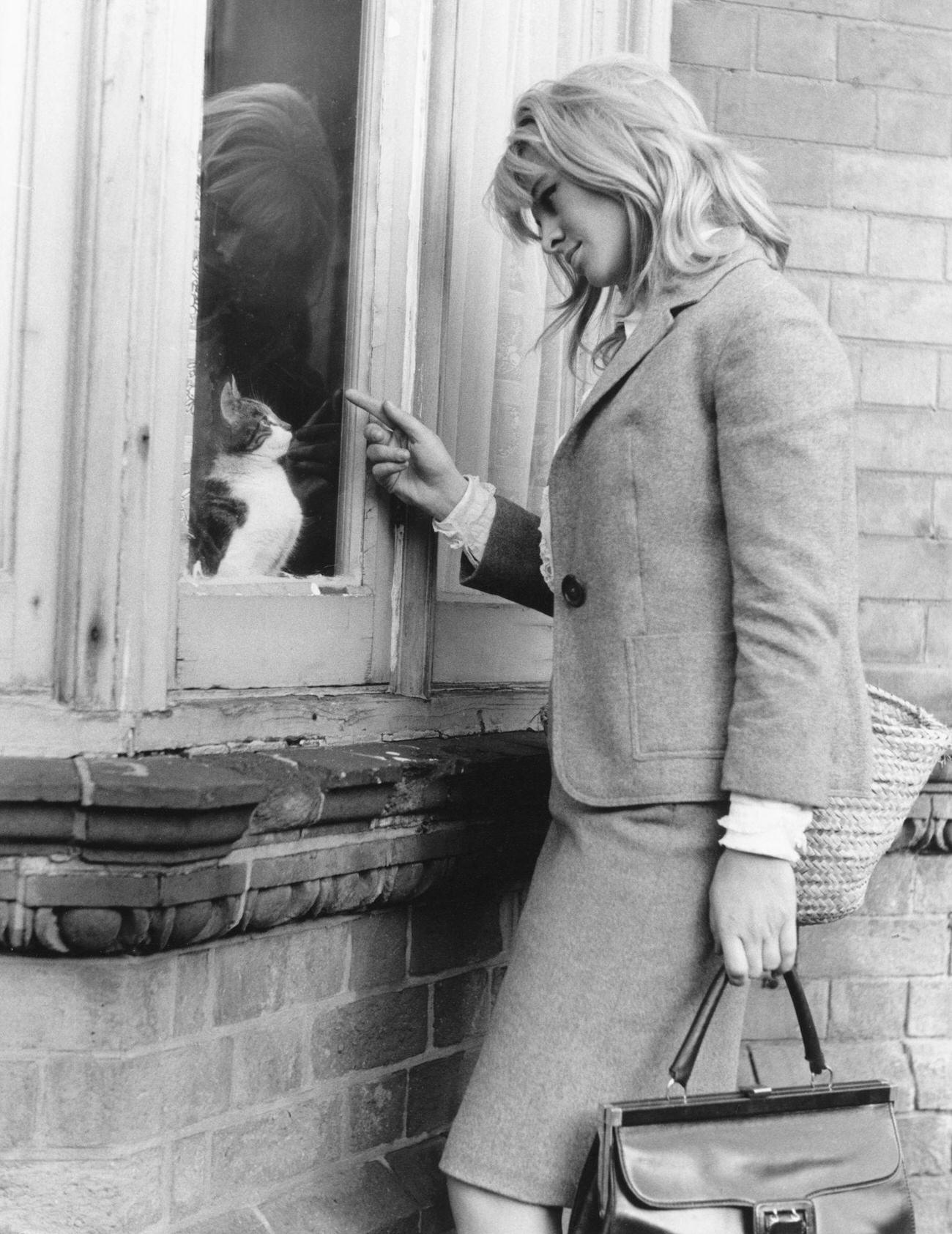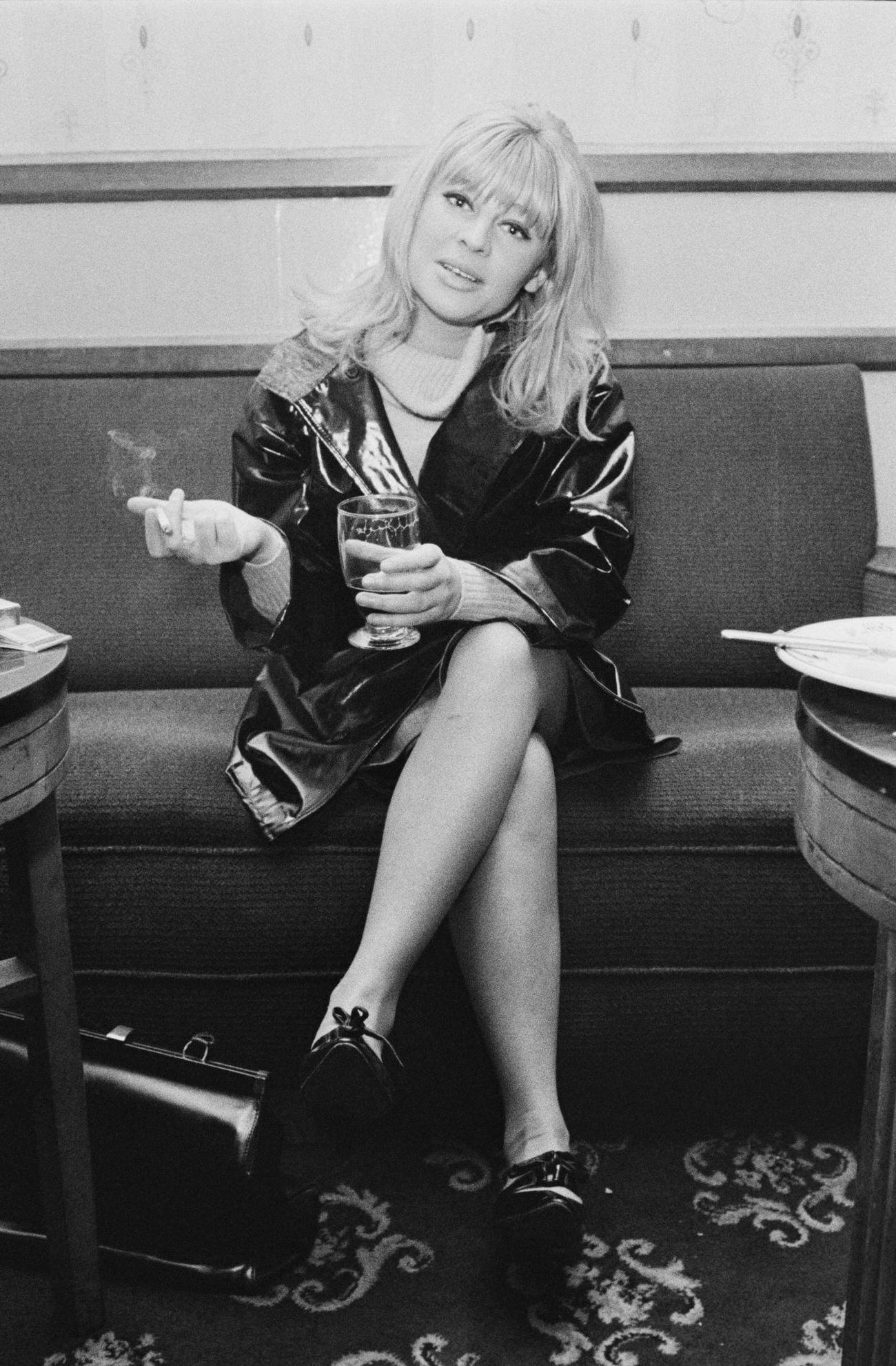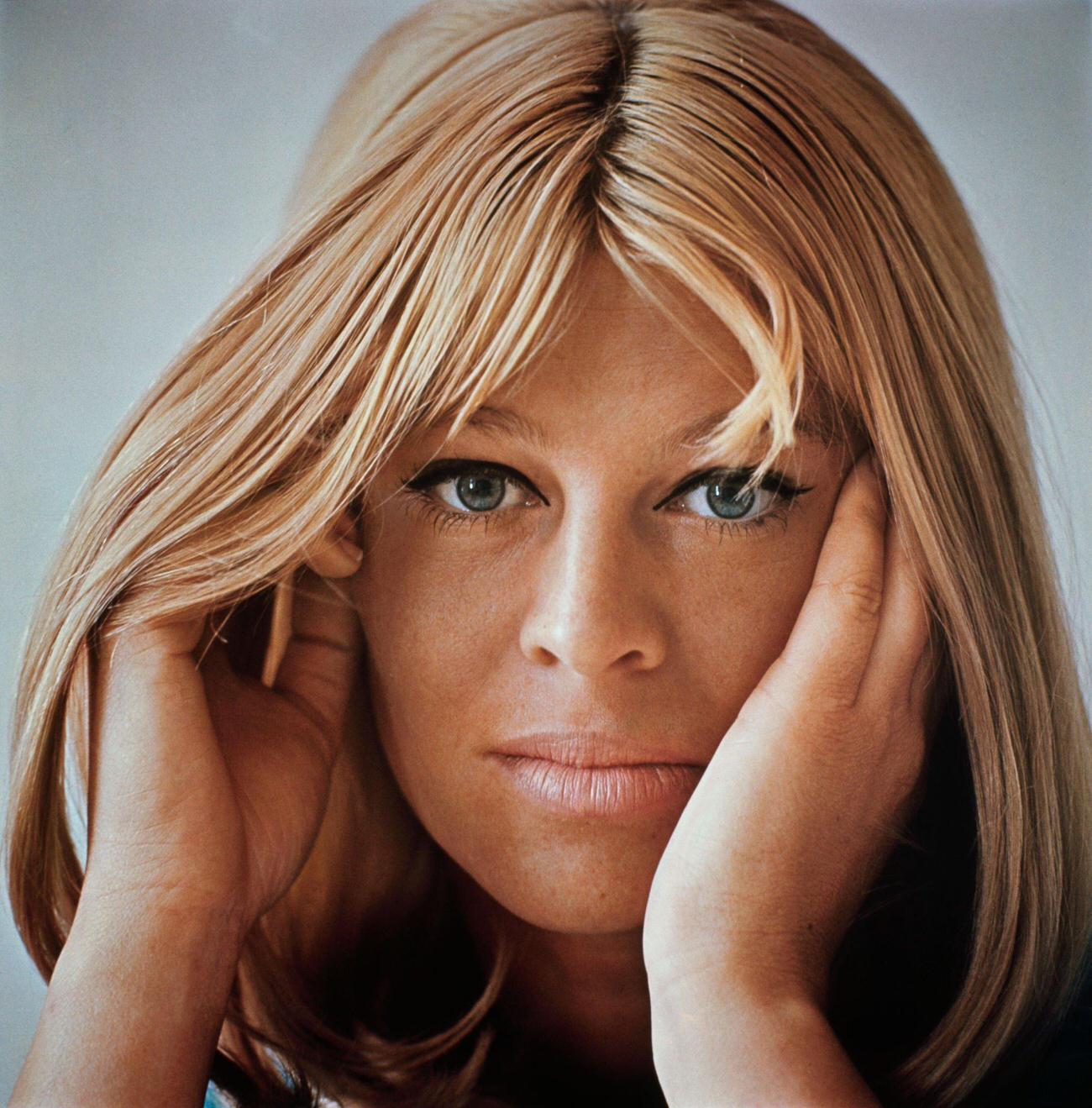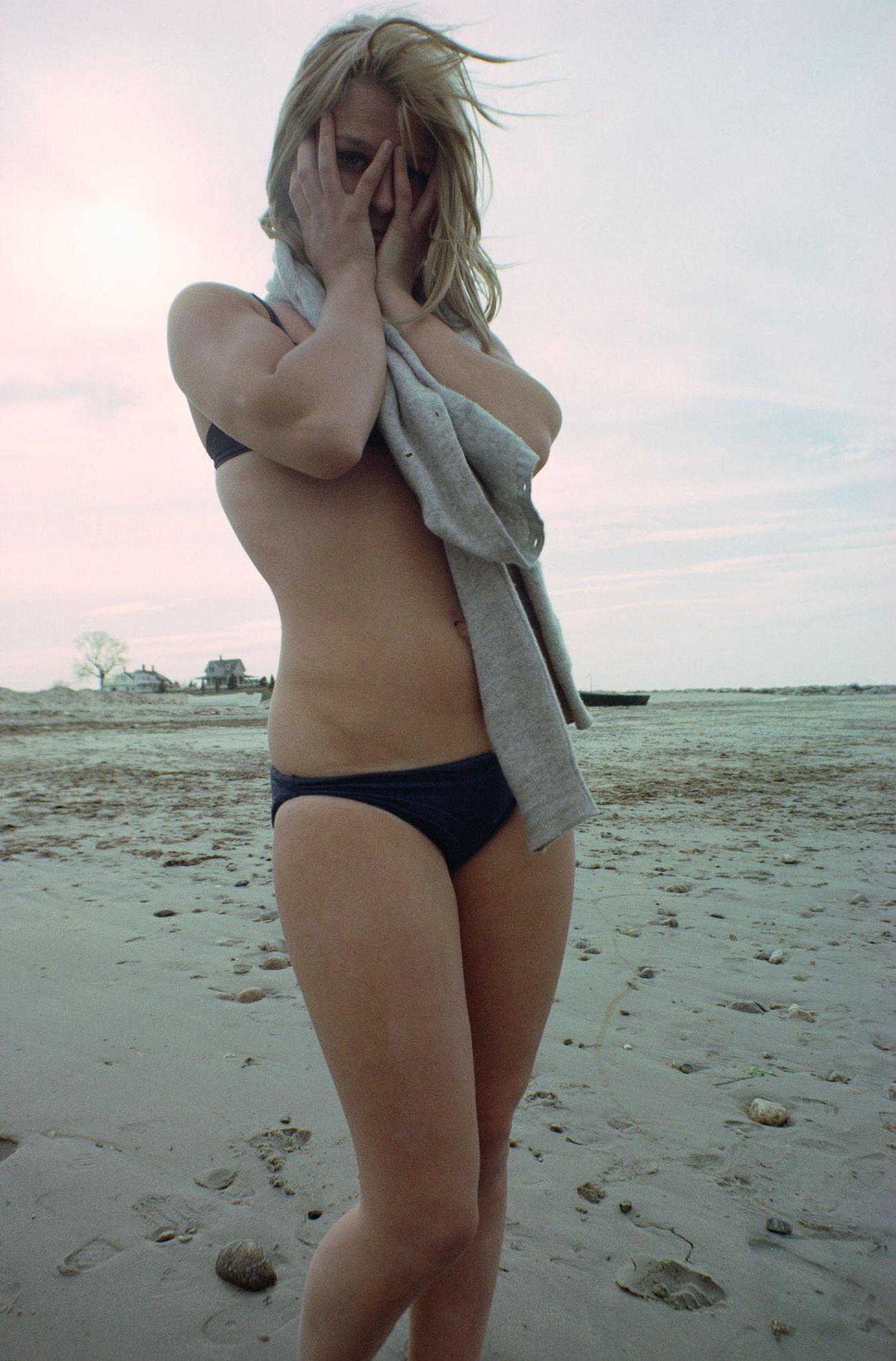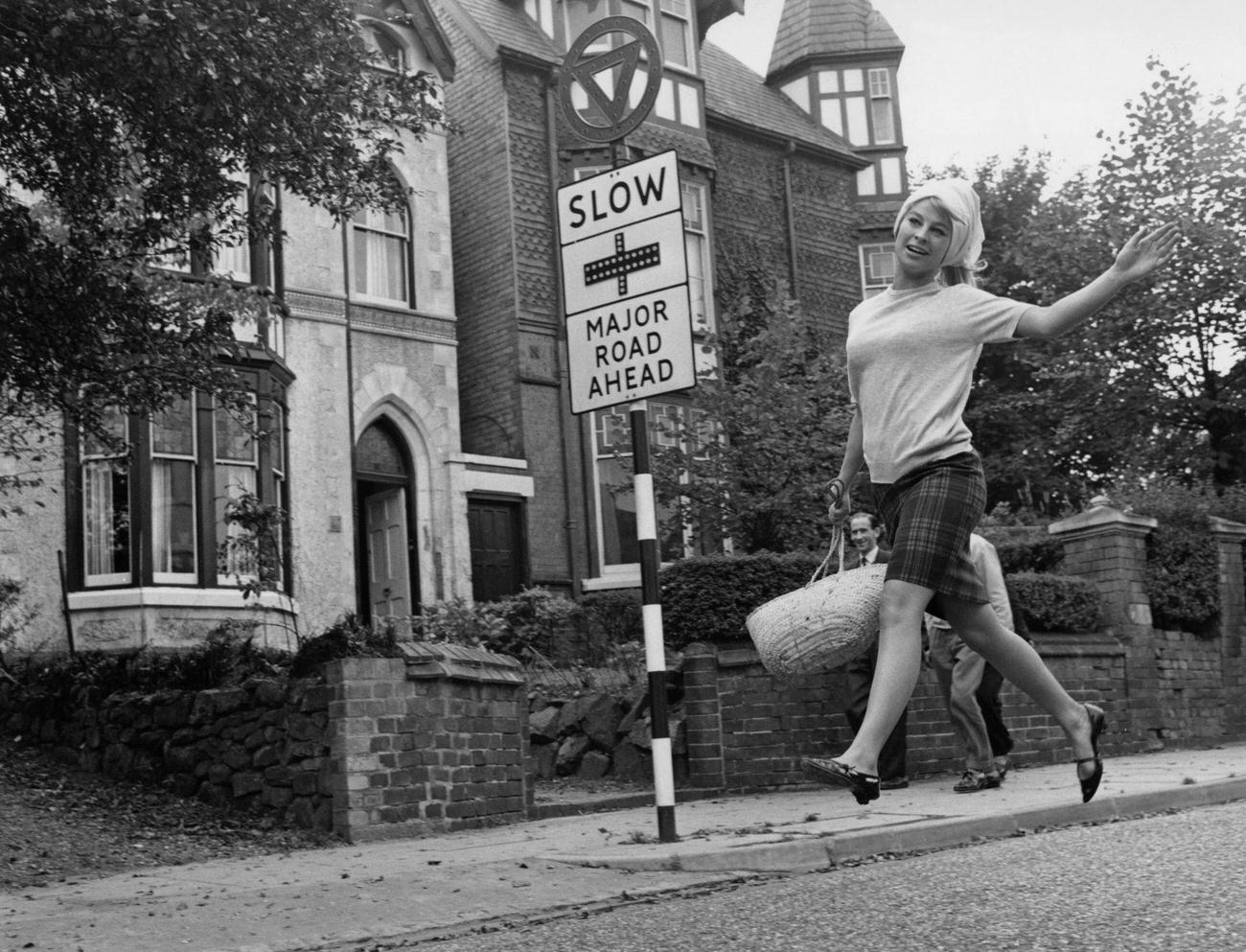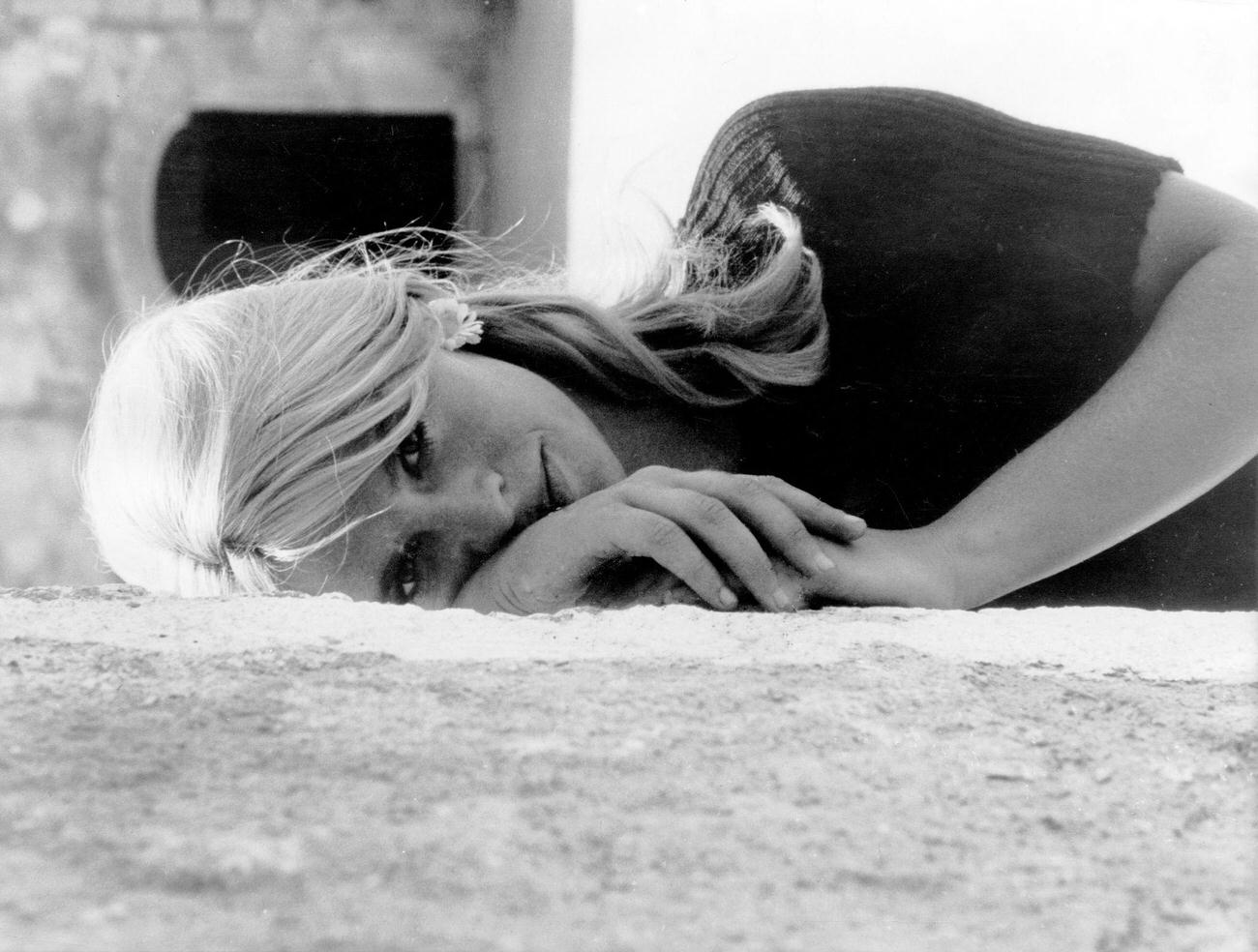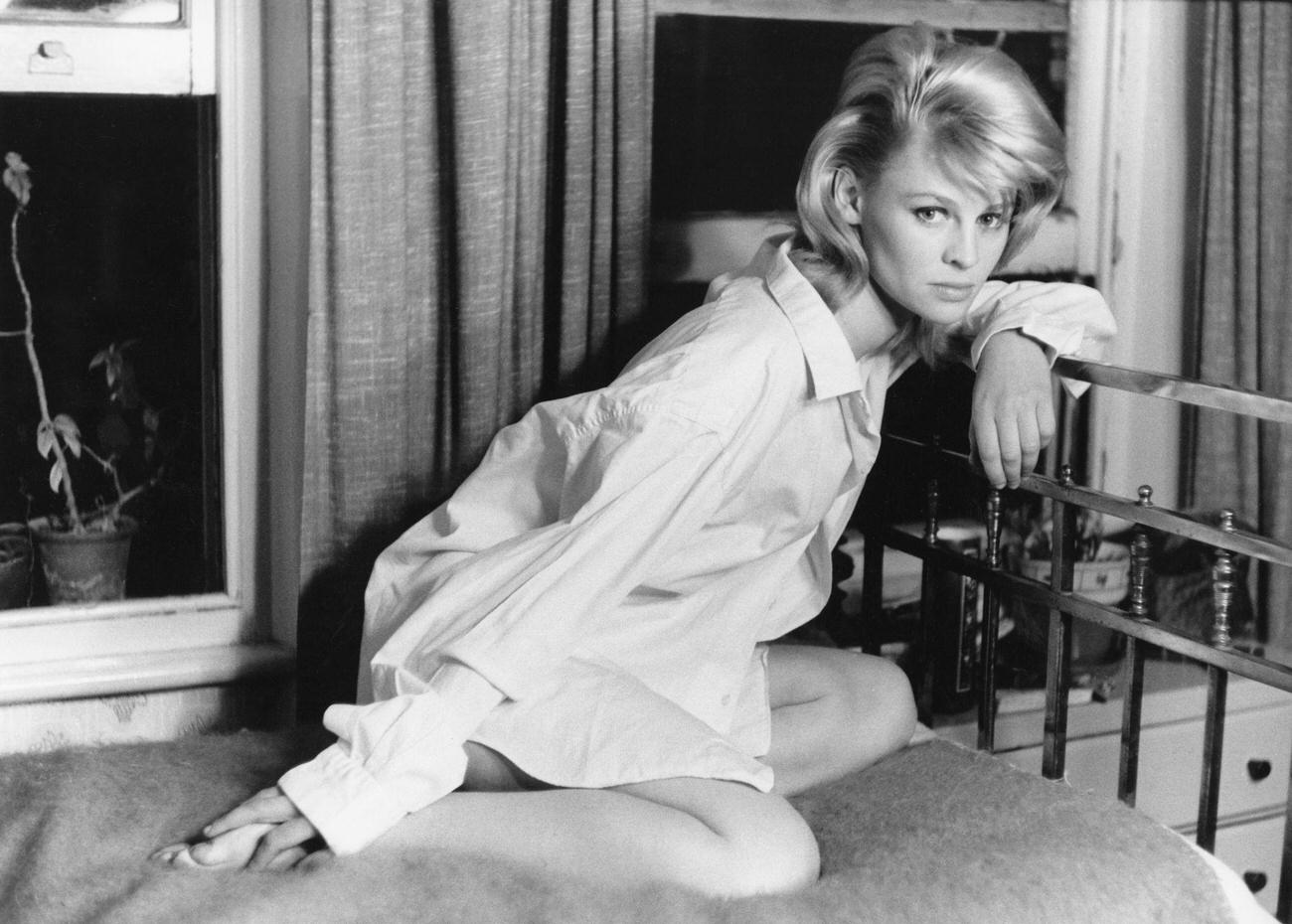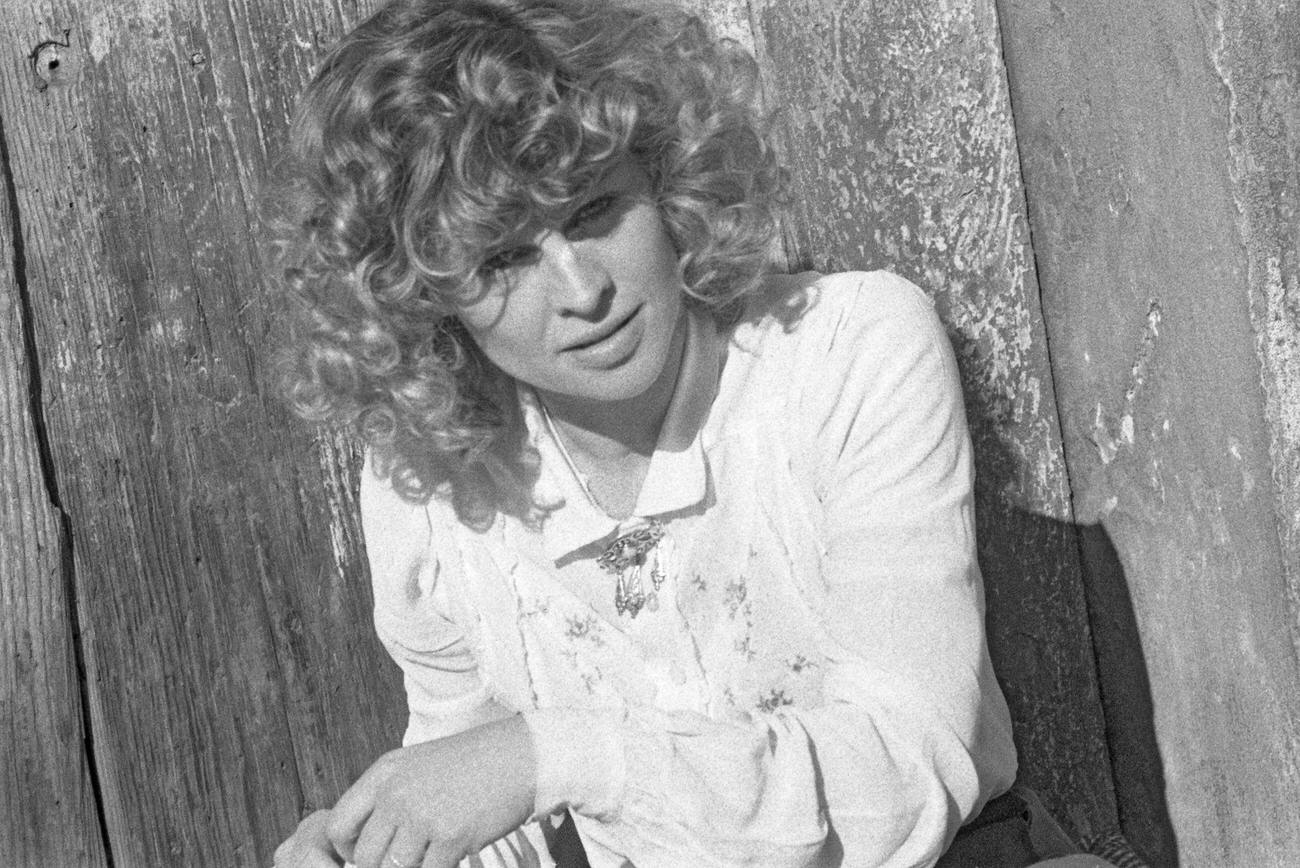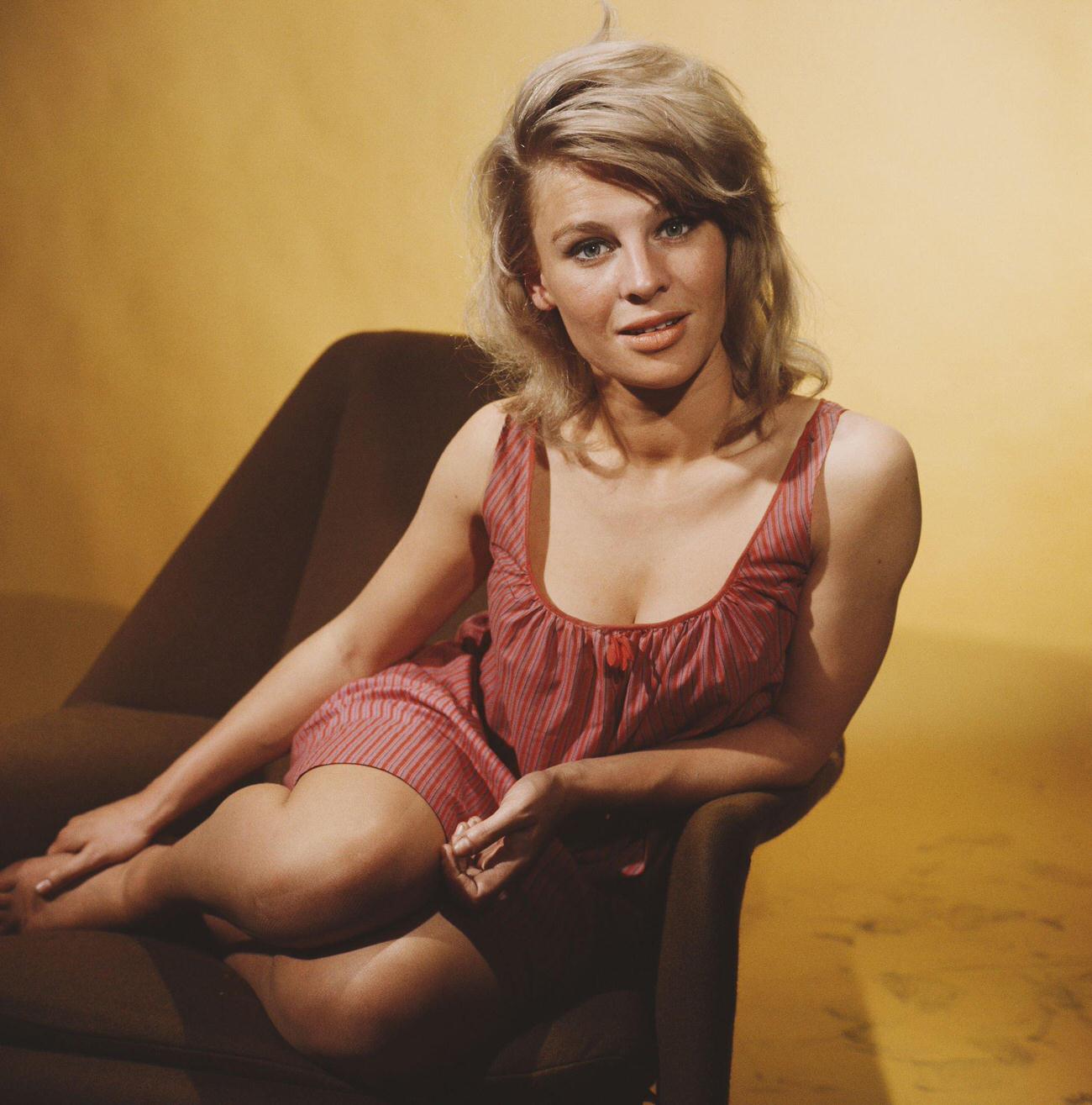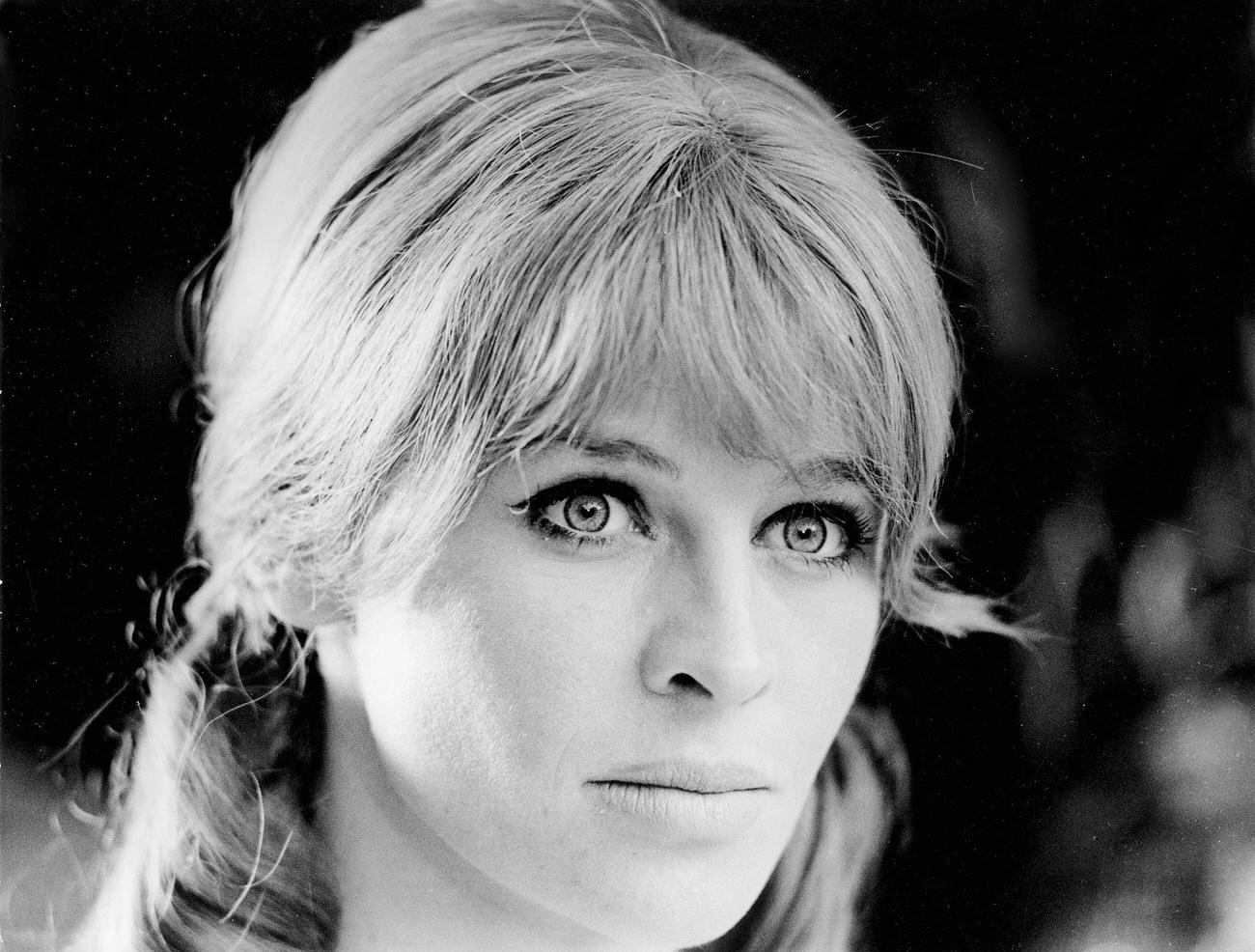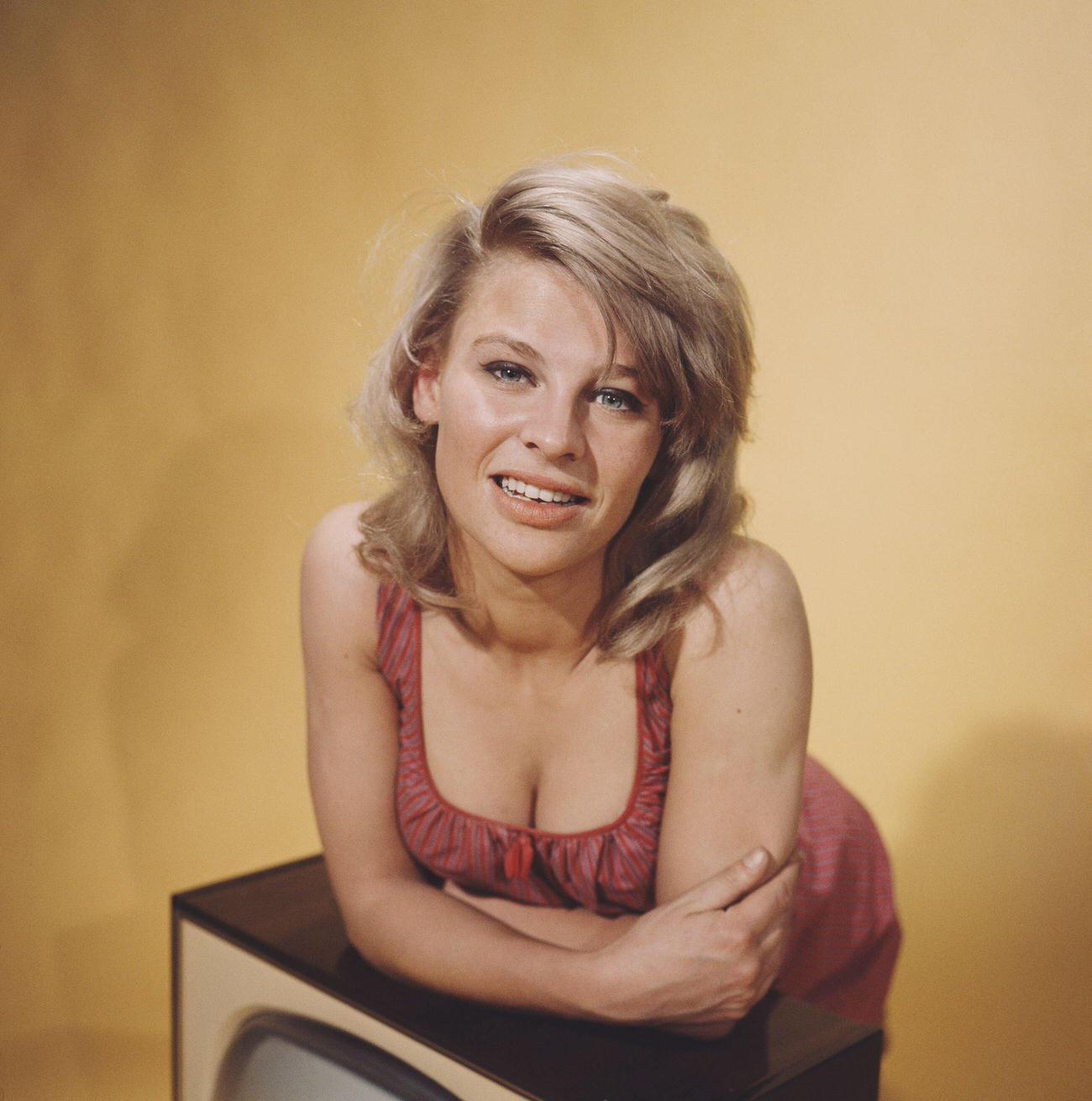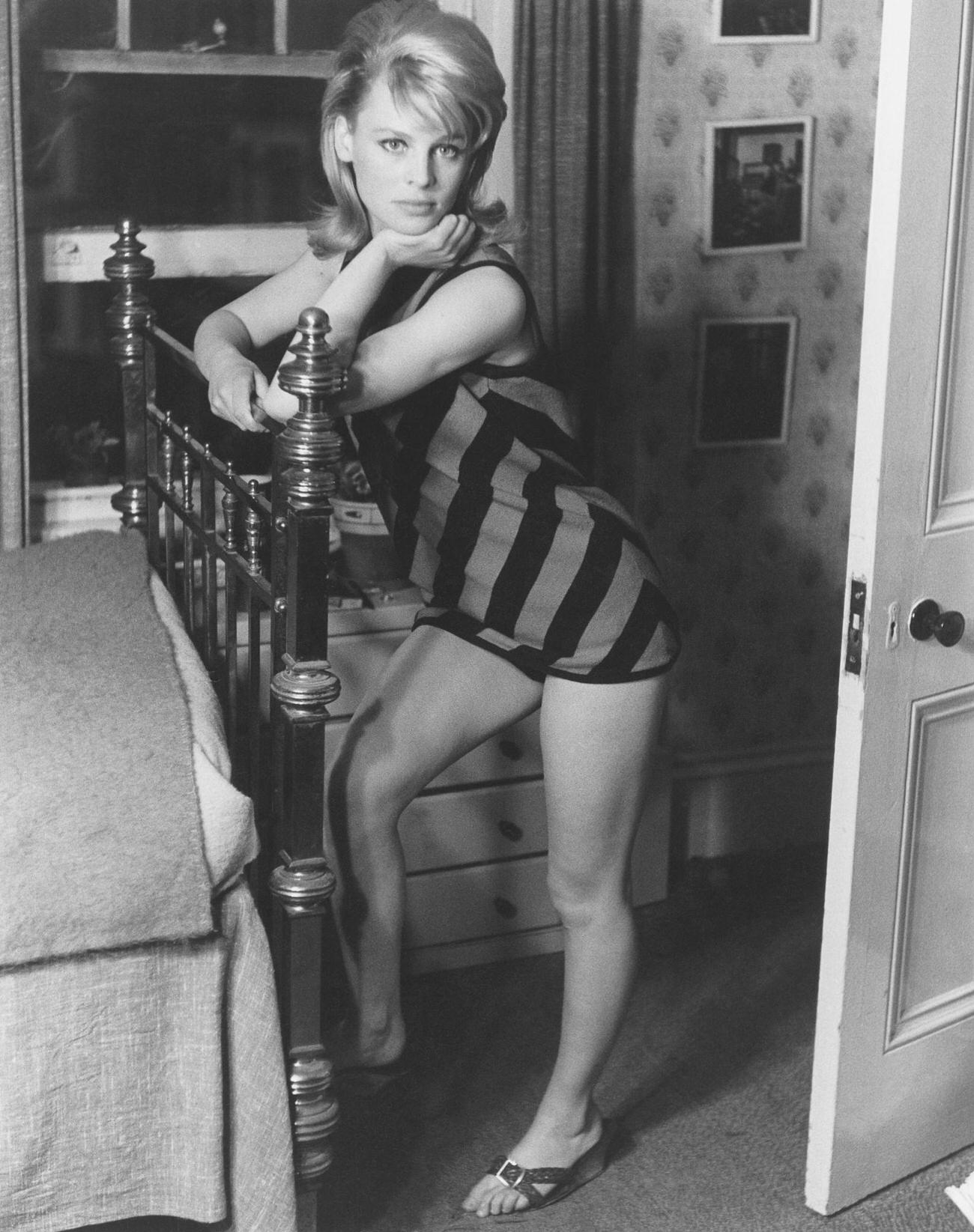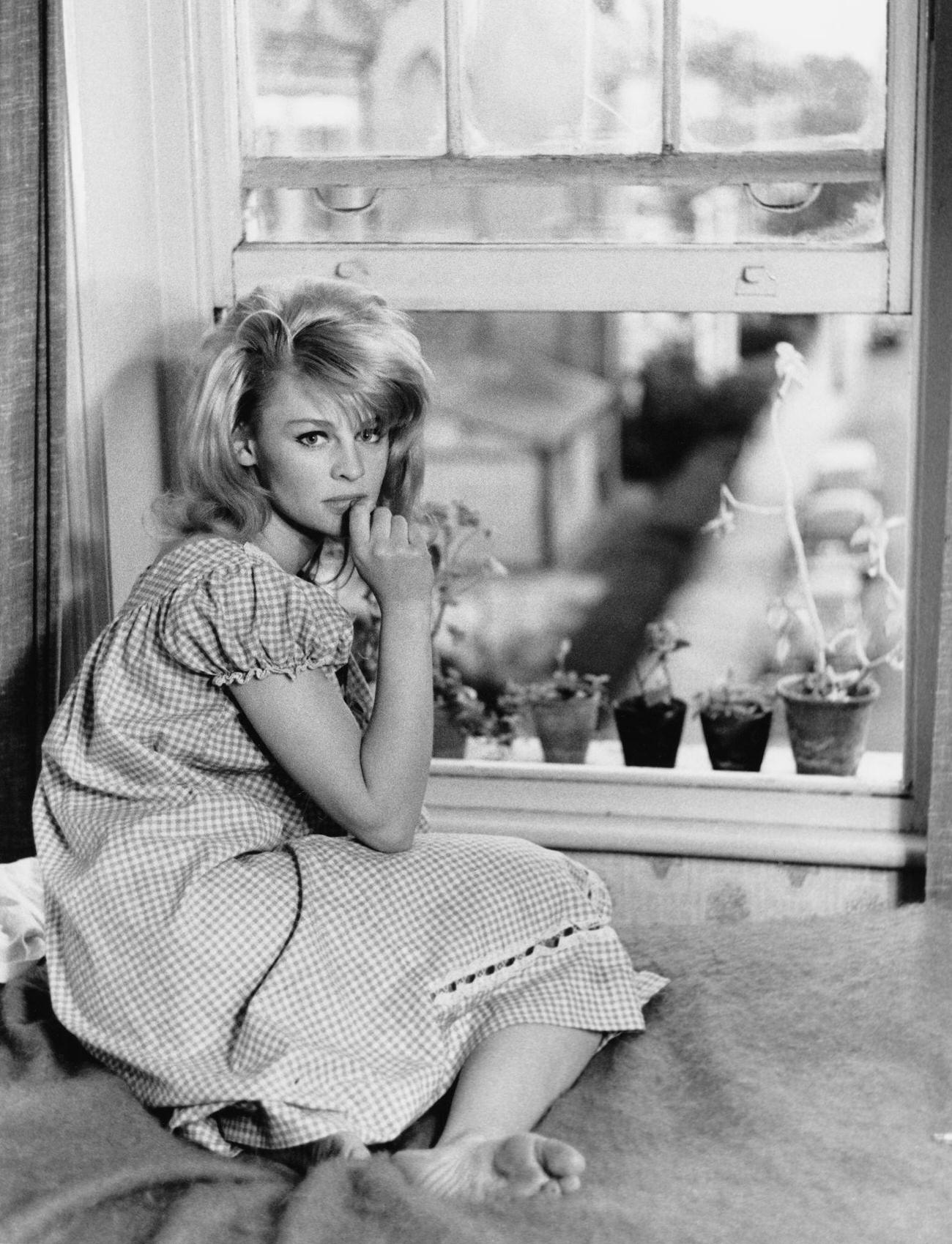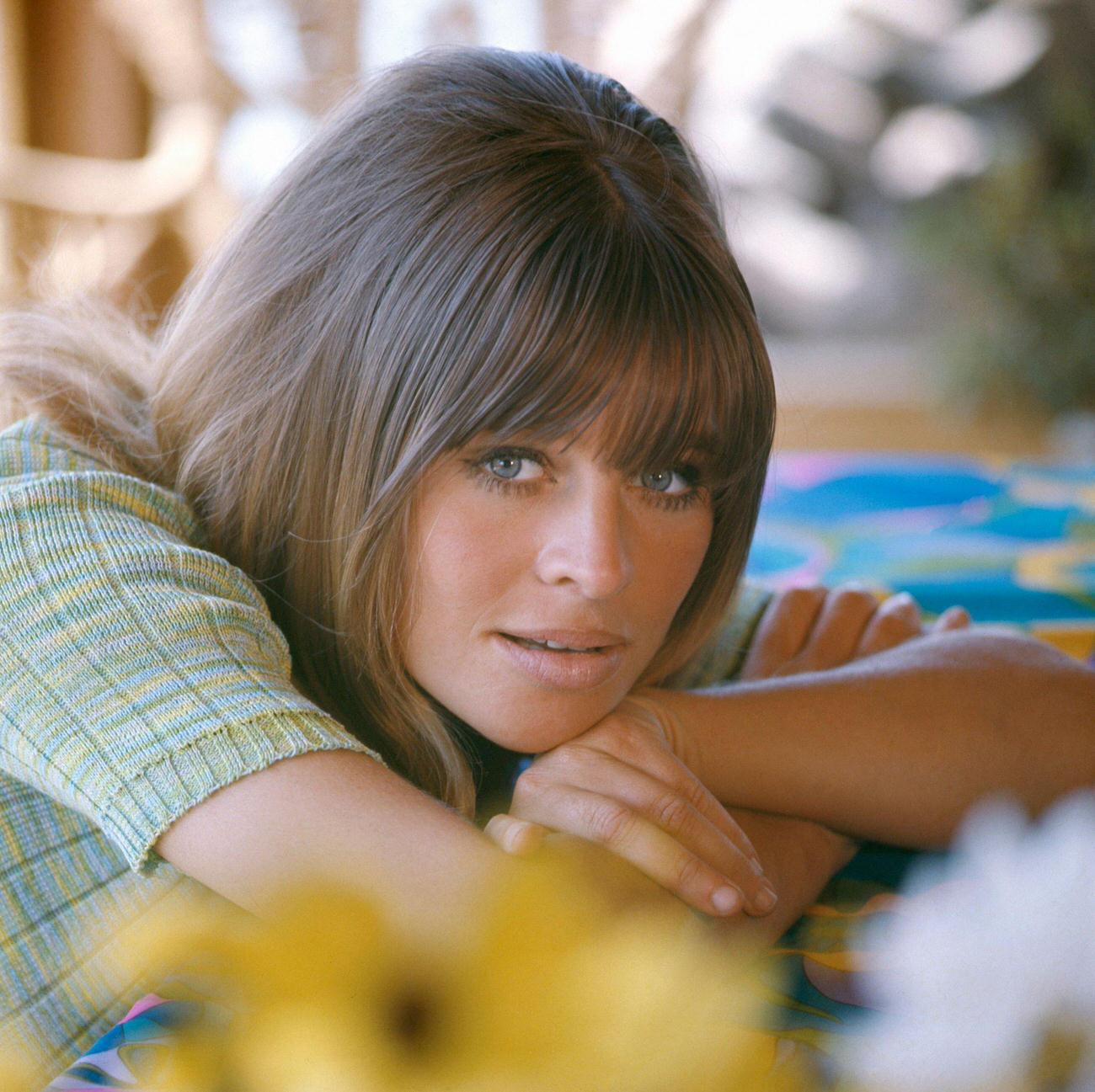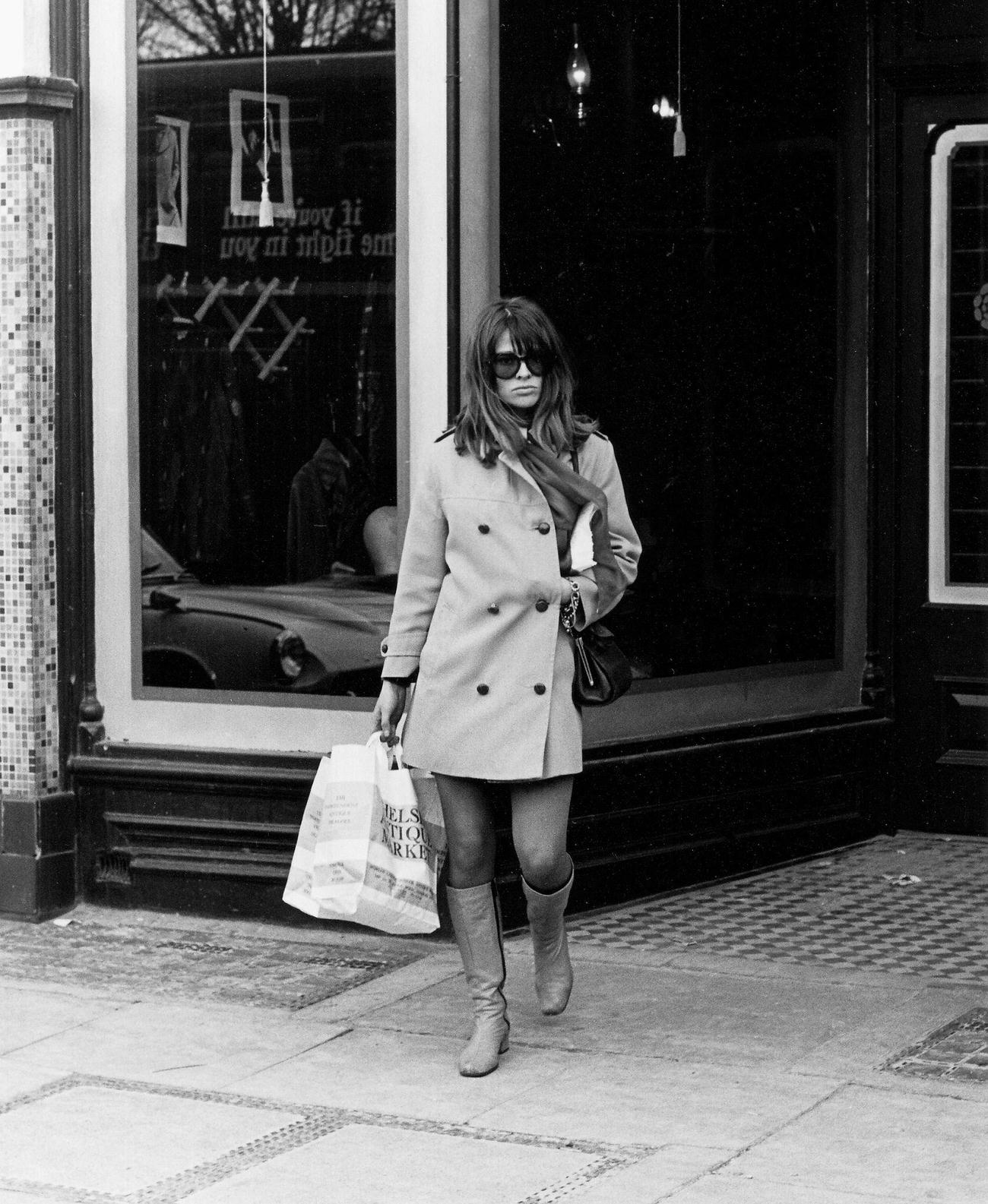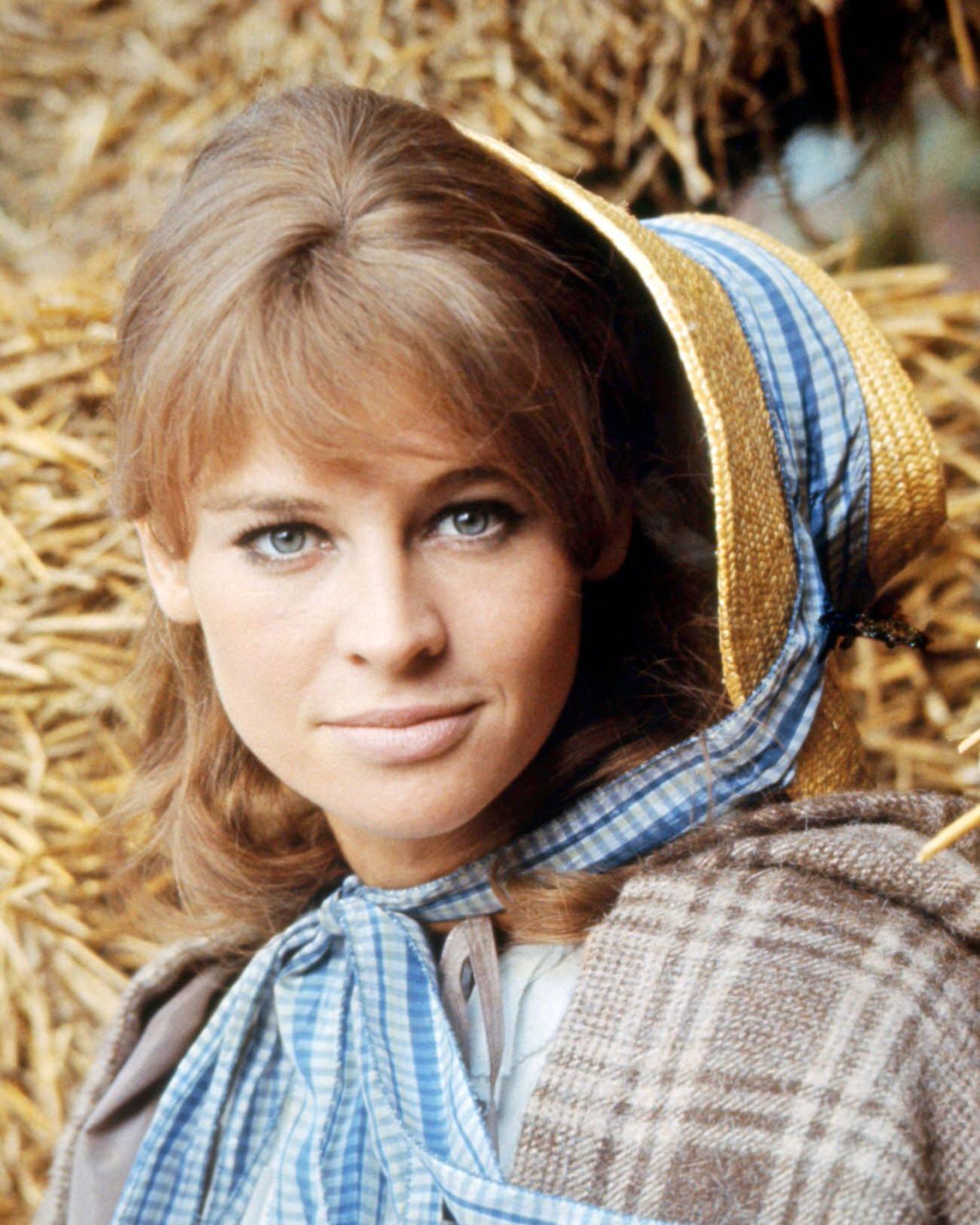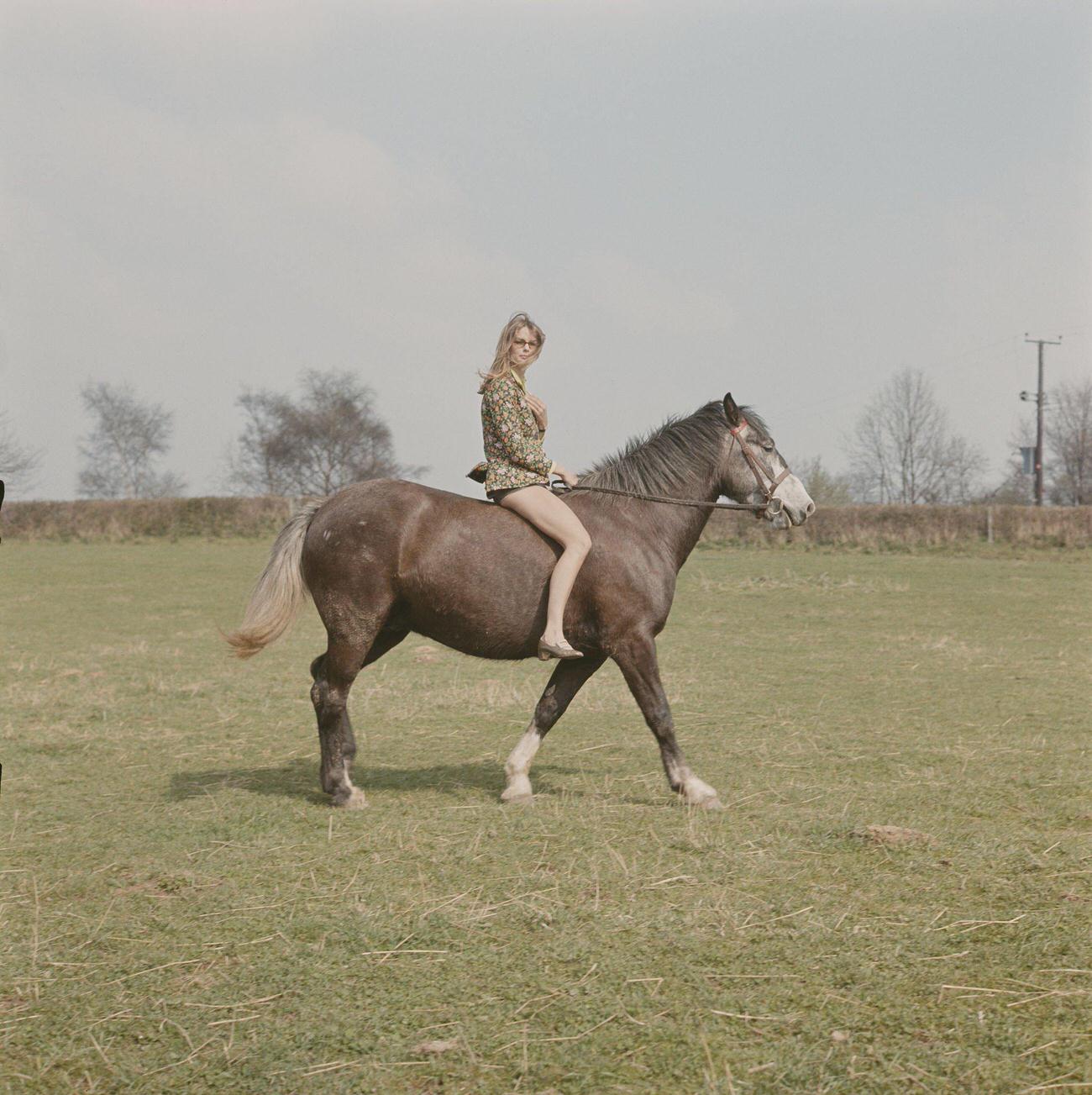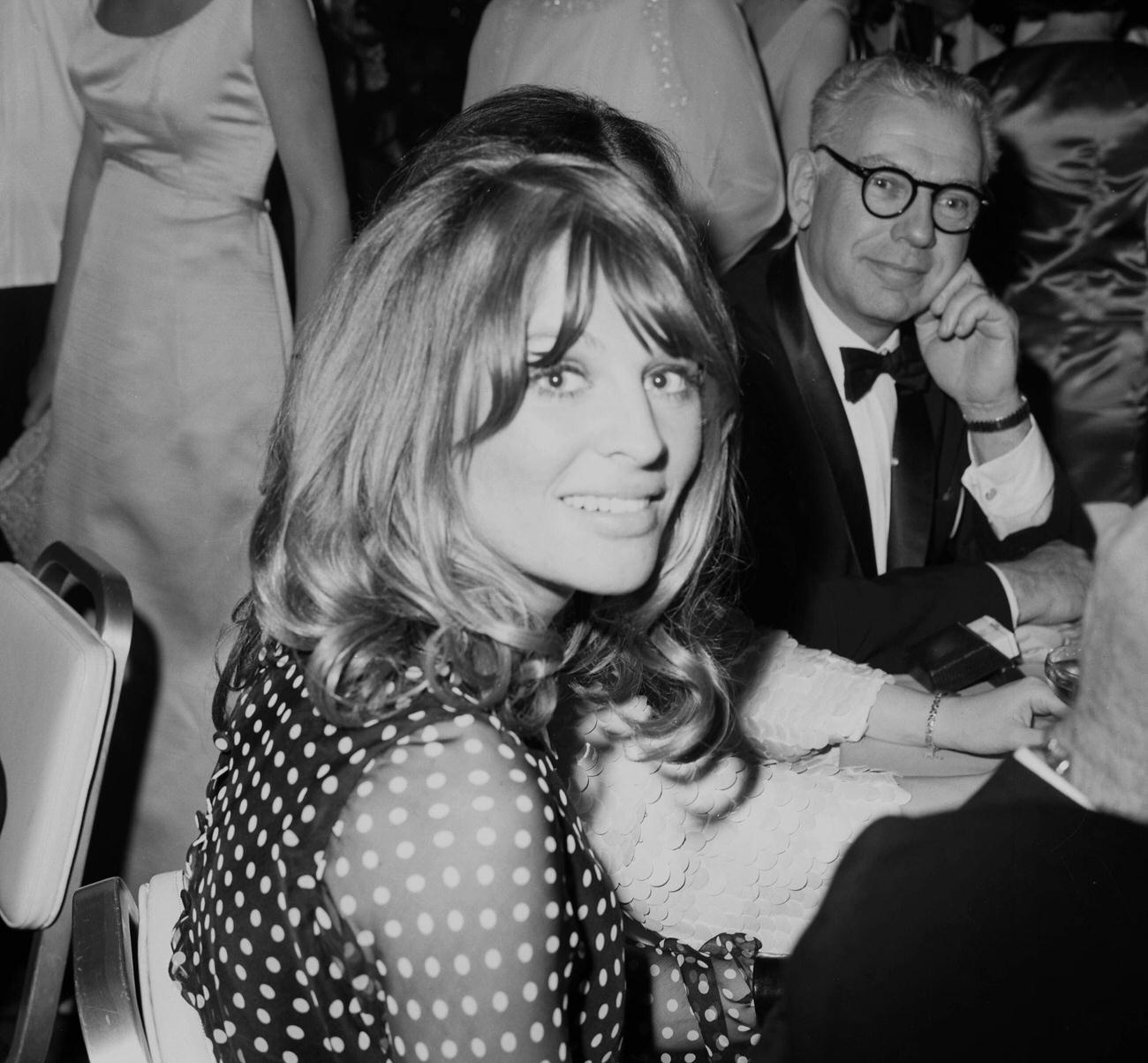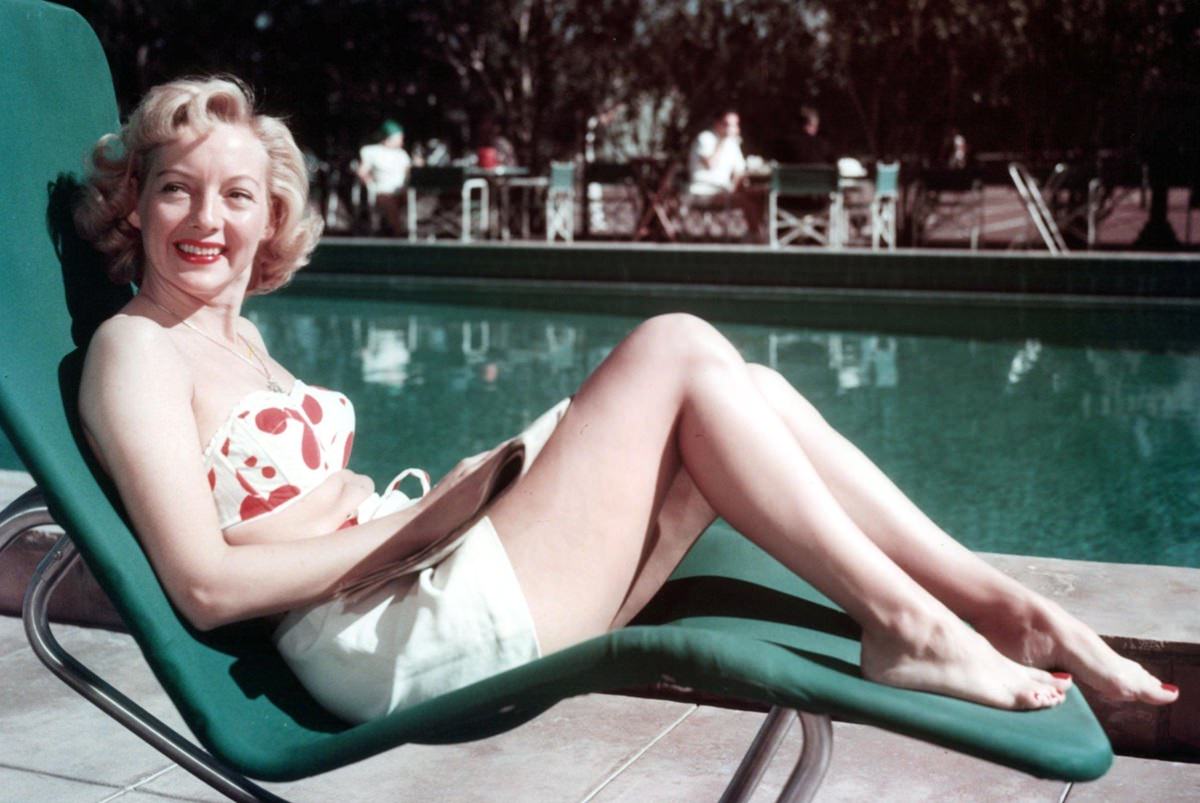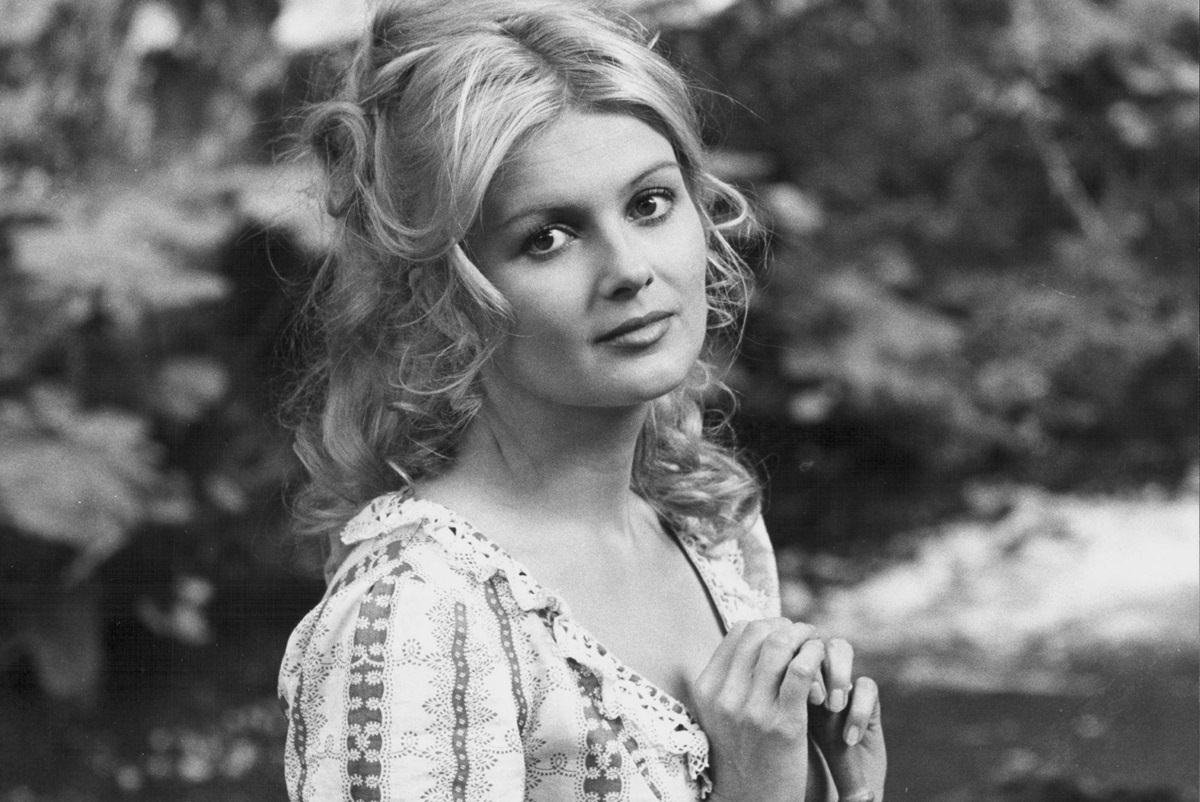In the landscape of 1960s cinema, Julie Christie stood as a beacon of the era’s cultural shifts, encapsulating the spirit and style that defined a generation. This decade was her zenith, with her natural charisma and talent catapulting her to the status of both a fashion icon and a symbol of modern femininity.
The Dawn of a New Cinematic Era
The 1960s brought a new wave of filmmaking, with stories that broke away from conservative traditions, mirroring the society’s progressive tides. Julie Christie’s emergence on the big screen was timely. She debuted in a period thirsty for change, ready to embrace a woman who was both vulnerable and powerful, traditional yet rebellious. In “Billy Liar” (1963), she played the free-spirited Liz, capturing the hearts of audiences with her striking beauty and the depth of her acting.
Christie’s character, Liz, wasn’t just a fictional construct but a representation of a new kind of British woman: independent, bright, and unapologetic about her desires and ambitions. This role set the tone for Christie’s career; she wasn’t just playing characters—she was setting a precedent for the portrayal of women in cinema.
An Icon of Change and Charisma
Perhaps no other role defines Julie Christie’s influence in the 1960s as much as her Academy Award-winning performance in “Darling” (1965). The film presented her as a fashion model navigating through the fame and decadence of London life, capturing the complexities of an evolving society’s attitudes towards sexuality, relationships, and success.
Her performance in “Darling” was a cultural touchstone that reflected the very essence of the 60s. It was a time when the old was giving way to the new, and Christie’s Diana Scott was a character that many women aspired to be—fierce, ambitious, and in control of her destiny. This movie didn’t just win her an Oscar; it made her a lasting emblem of the decade.
Her personal style was imitated worldwide, with her famous hairstyles and fashion sense becoming symbols of the era’s new aesthetic. Christie wasn’t just an actress; she was a trendsetter, influencing beauty and fashion trends that defined the 60s.



